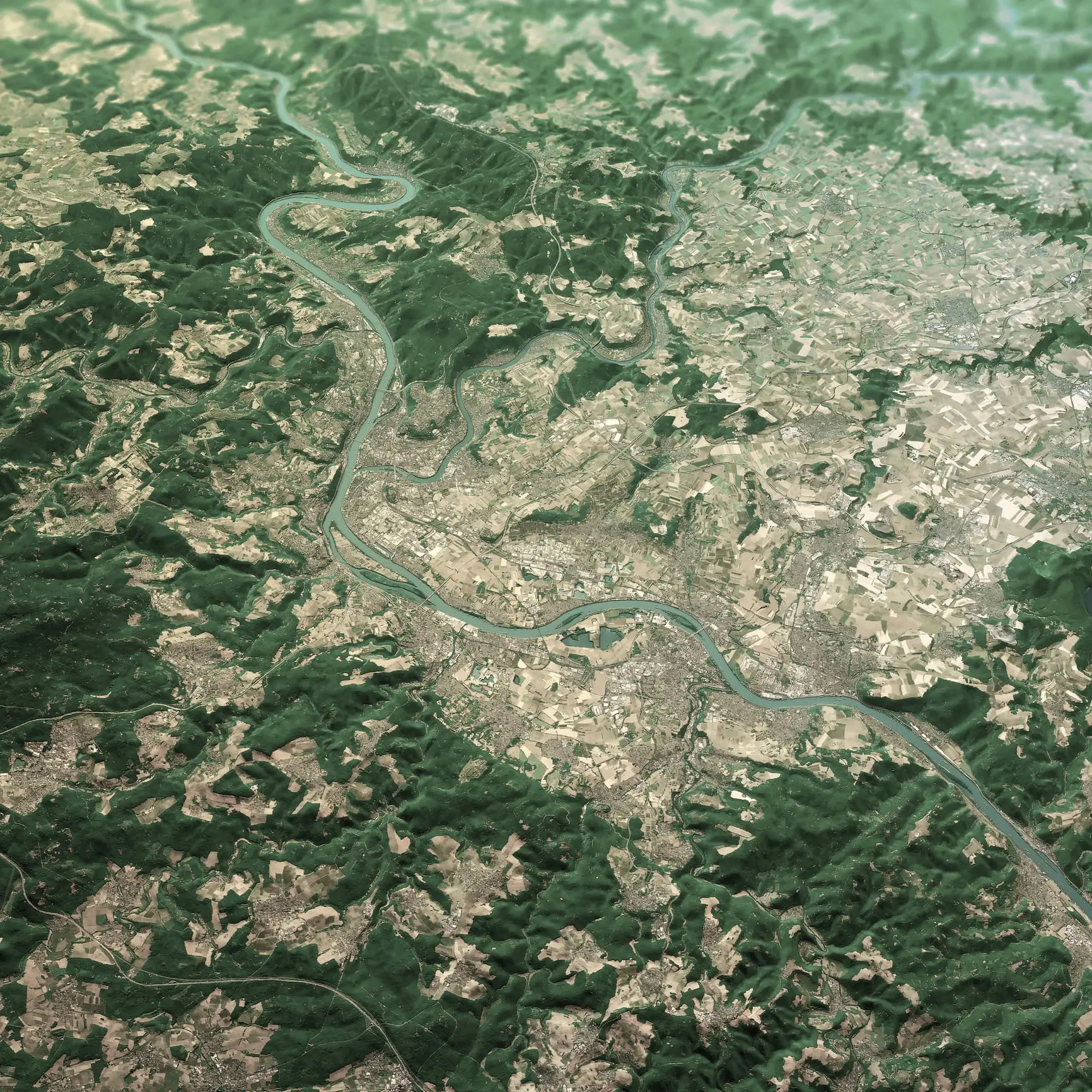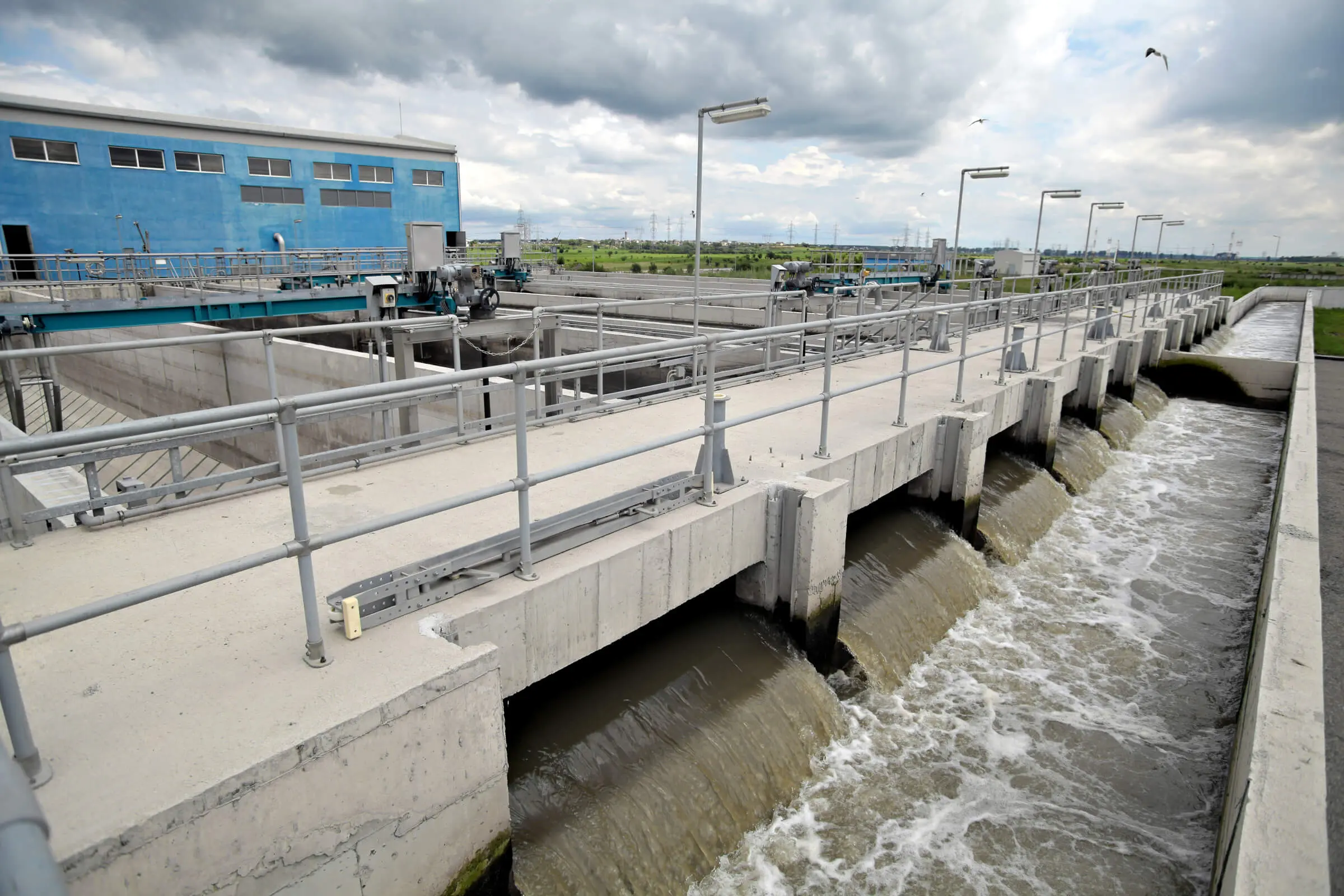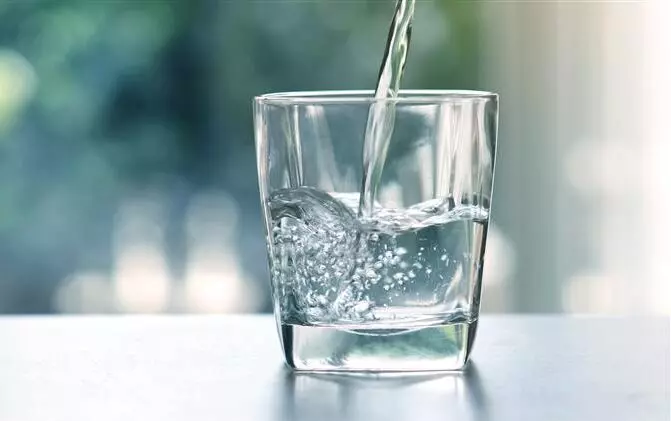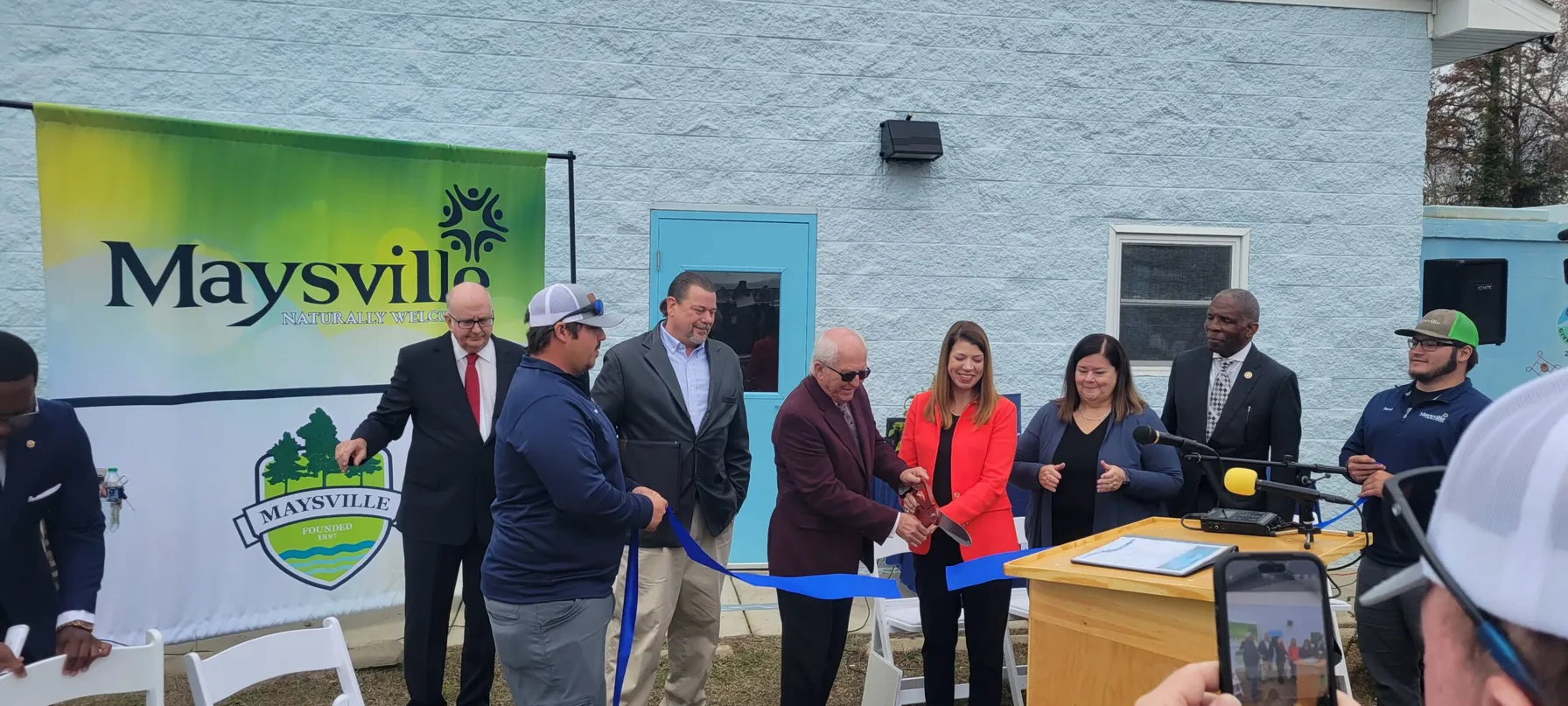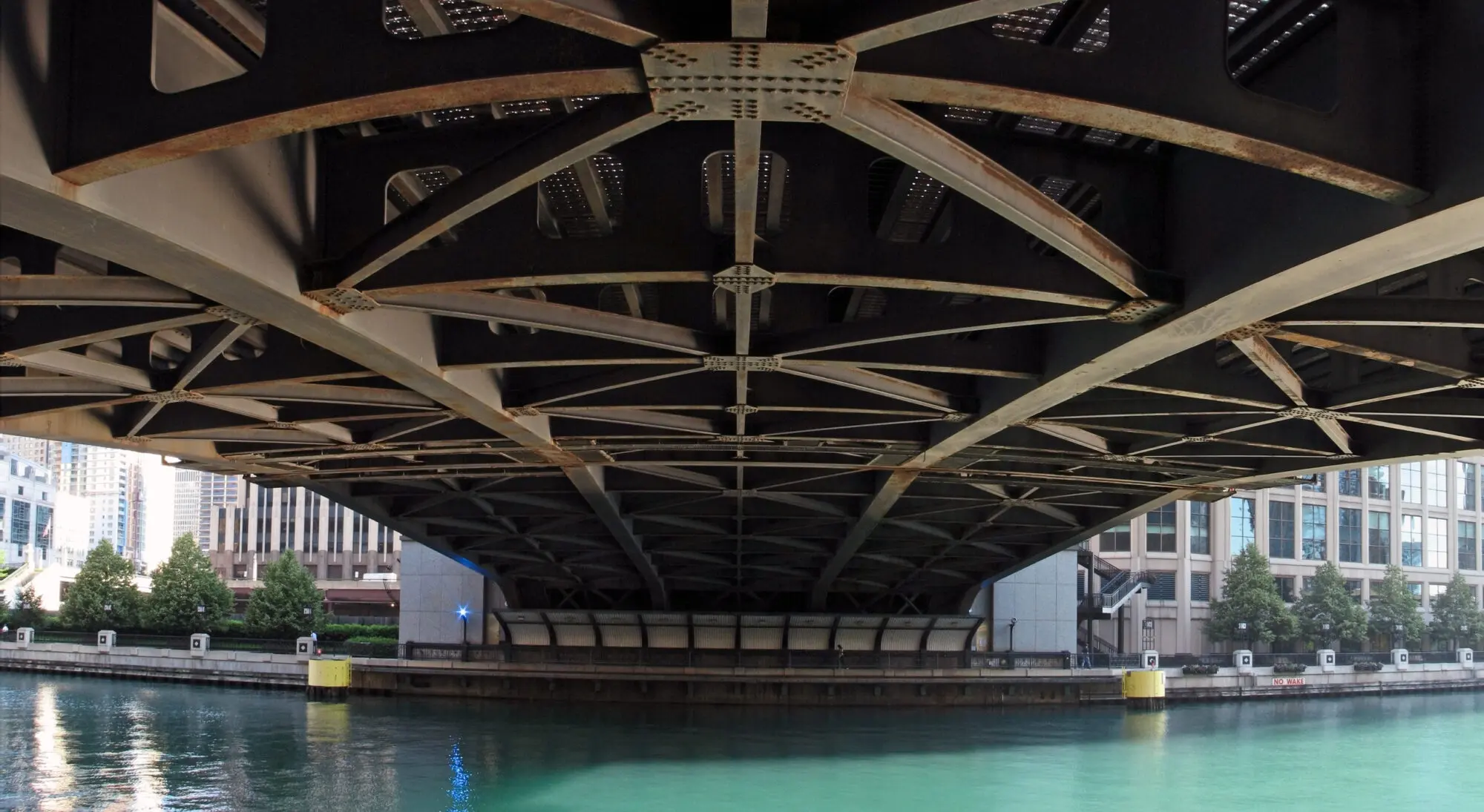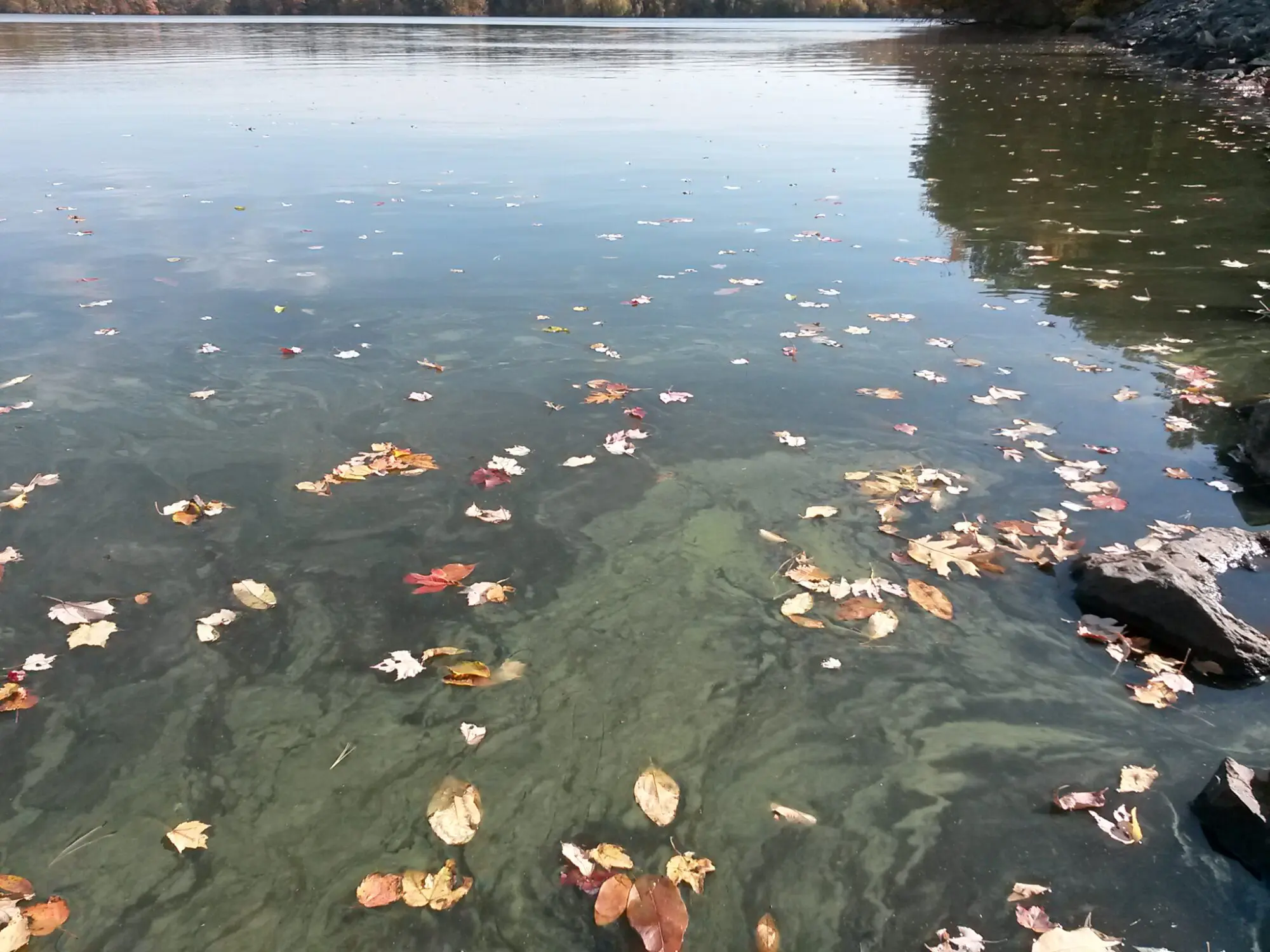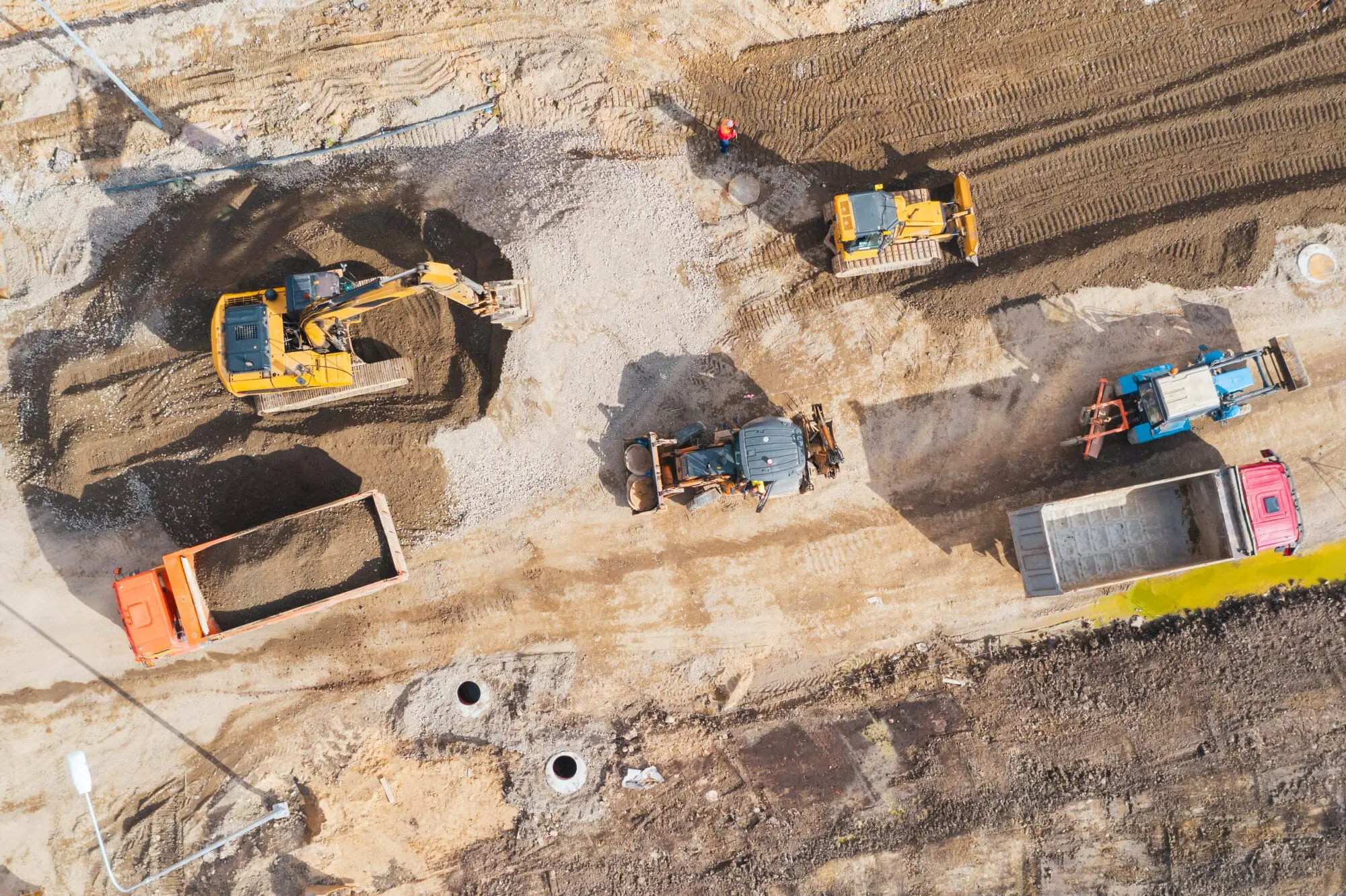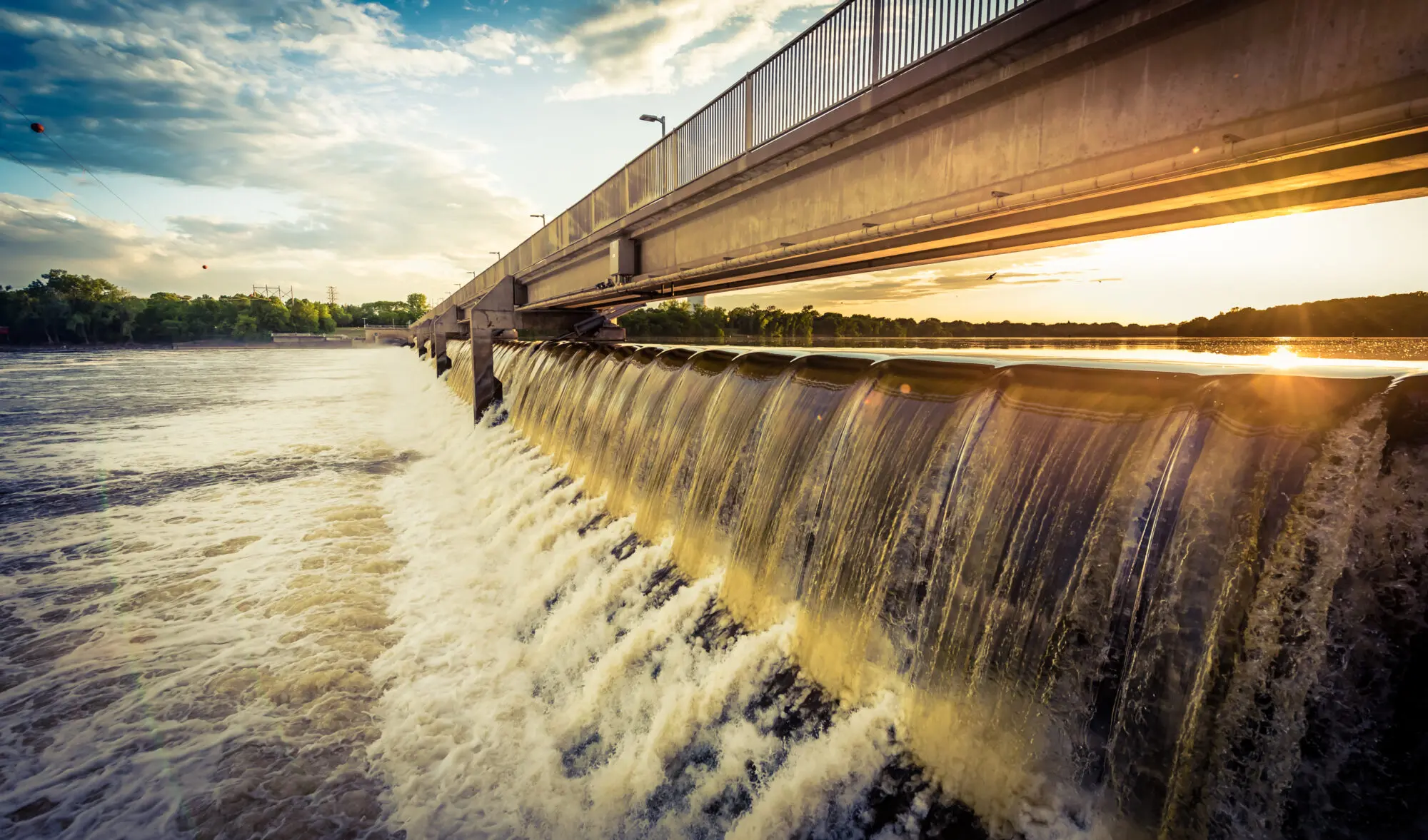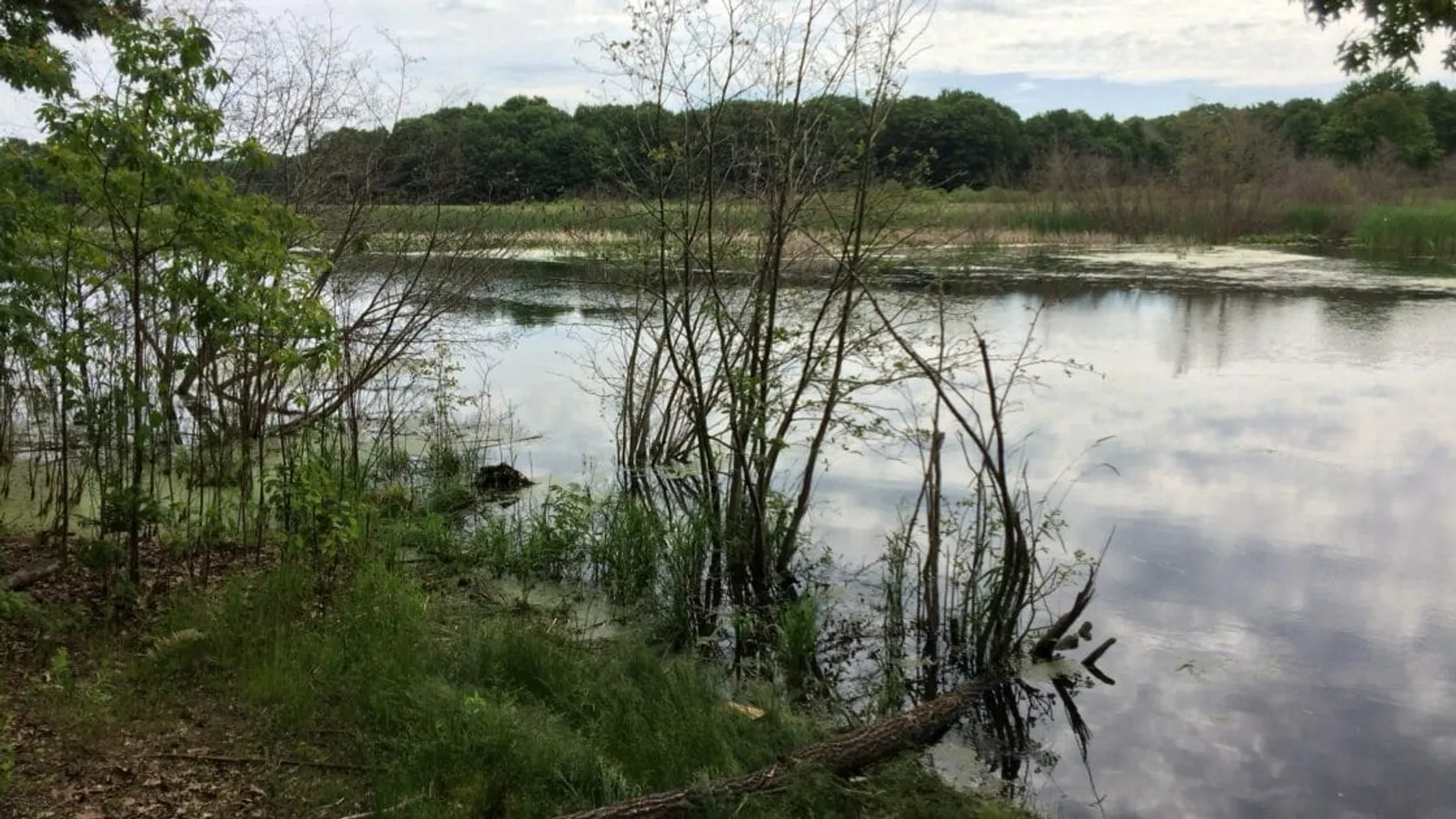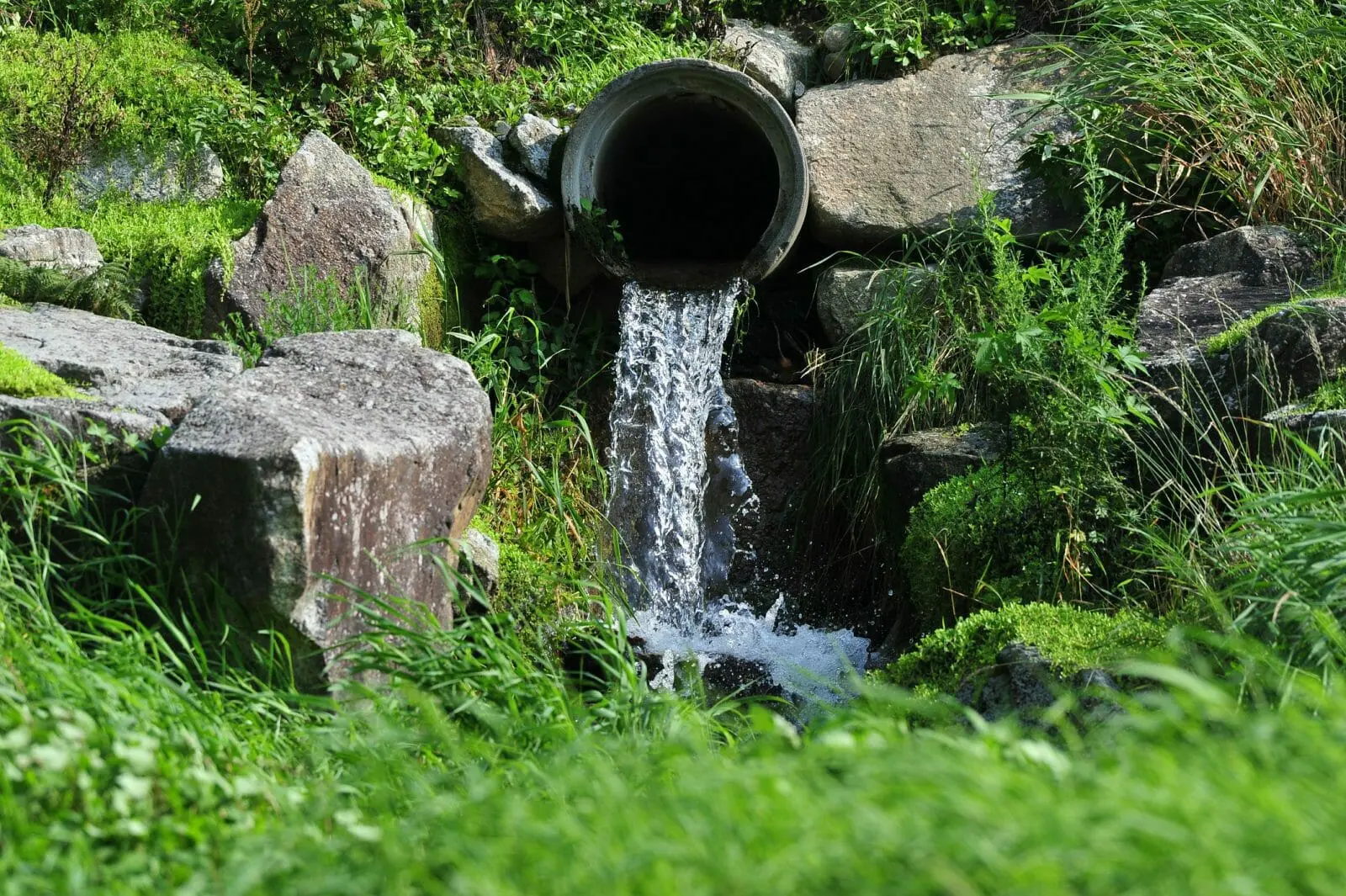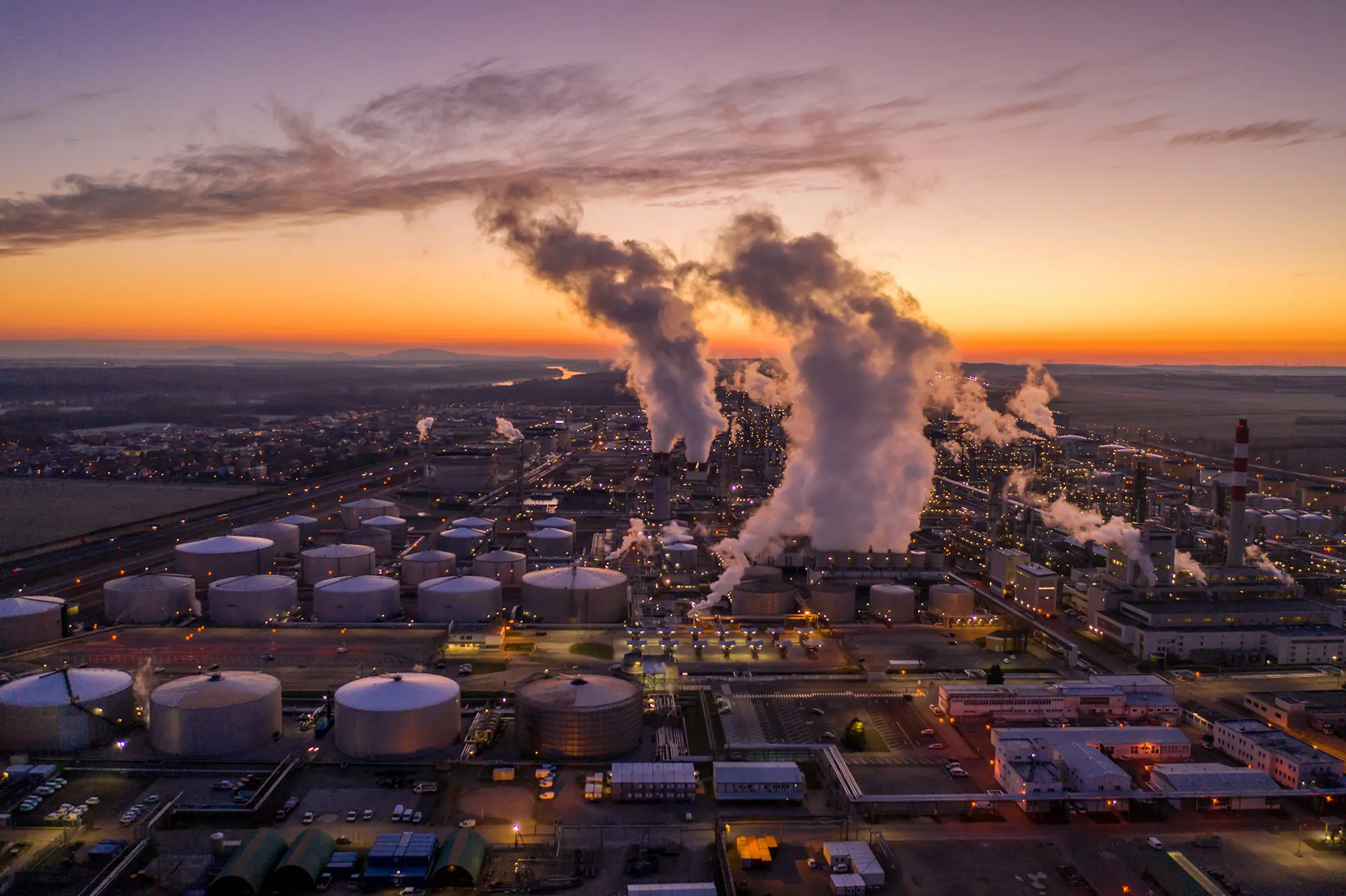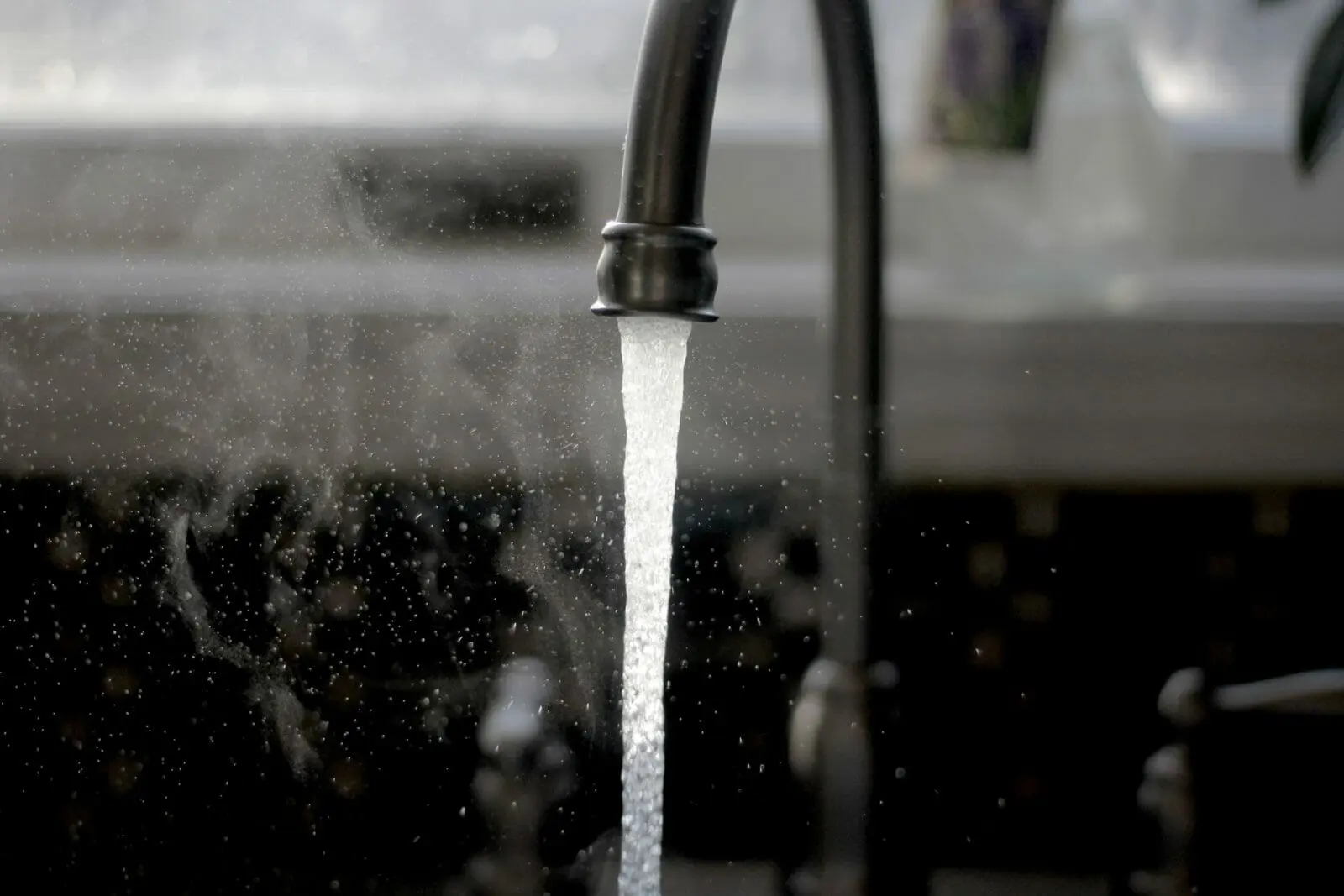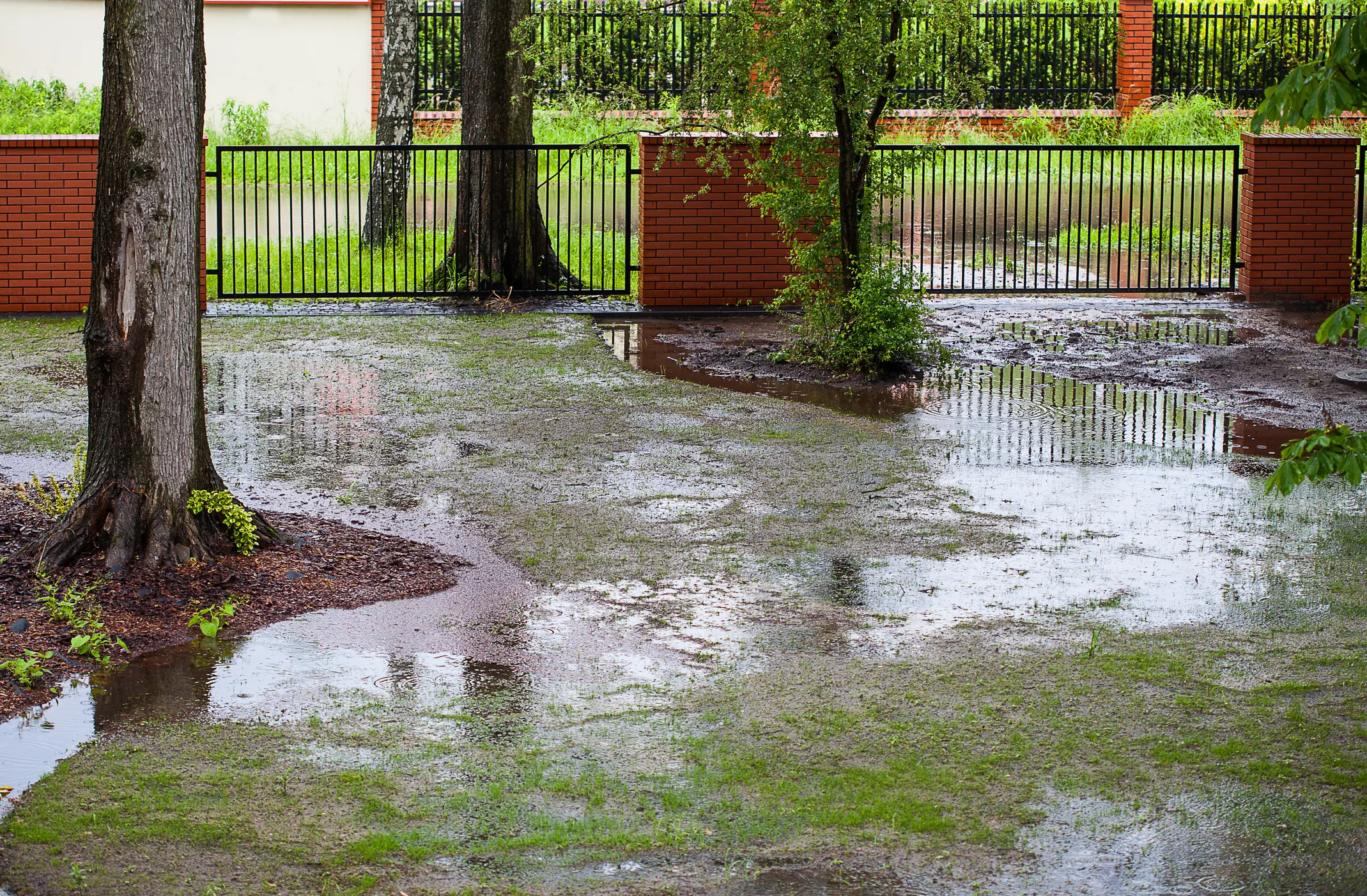Cherokee County, TX
The purpose of this project, identified as the Cherokee Tree Farm, is to develop a retreat (e.g., corporate, business, and family) within reasonable driving distance from the Dallas/Fort Worth metropolitan area which can be used for conferences and meetings of various sizes. Associated with the development of the retreat and conference center is the construction of two prominent water features to support a variety of team building and recreational activities.
The initial purpose of TRC’s involvement was to develop the conceptual hydrologic and hydraulic dam and spillway design for two dam structures and assist with water rights permitting and other water-related matters. As the project progressed, additional task assignments were added that included an evaluation of potential sites for the construction of sedimentation ponds and the development of a discharge monitoring system to determine inflows into and out of the lakes.
TRC developed HEC-HMS and HEC-RAS hydrologic models of the entire watershed utilizing GIS tools to better estimate the input parameters. The HEC-HMS models were subsequently used to: (1) evaluate potential sites within the basin for the location of sedimentation basins and water quality improvement facilities; and (2) evaluate various spillway configurations to determine the optimum design for meeting the project goals. The HEC-RAS models were used to: (1) develop appropriate discharge ratings for the proposed spillways; (2) establish the hydraulic characteristics of the sedimentation basins; and (3) determine the effects of lake and other construction on FM 855. TRC also prepared preliminary plans and cost estimates for the two proposed dams that were needed, as well as provided representation before the Texas Commission on Environmental Quality (TCEQ), the Neches and Trinity Valleys Groundwater Conservation District, and the U.S. Army Corps of Engineers. Other activities have included evaluation of potential sites for the location of monitoring system weirs to establish system-wide inflows into and out of the lakes, and the performance of a dye study and water quality modeling in Flat Creek related to the City of Bullard’s existing wastewater treatment plant discharge and its proposed expansion.
TRC has completed the design for the project’s South Lake Dam, and submitted plans and specifications to the TCEQ for construction approval. The submission included a dam breach analysis to establish the hazard classification of the proposed structure, and a detailed hydrologic and hydraulic report for the site. In addition, all potential flood impacts along local streams related to FEMA’s National Flood Insurance Program were evaluated to ensure that the new lake would not negatively impact off-site properties or the public infrastructure systems.
- Client: Cherokee Tree Farm, L.P.
- Project Location: Cherokee County, TX
Related Projects
Discover the success we’ve had with helping our clients execute major projects and make a meaningful impact on their local communities.

PFAS Treatment Evaluation for the Maysville Well
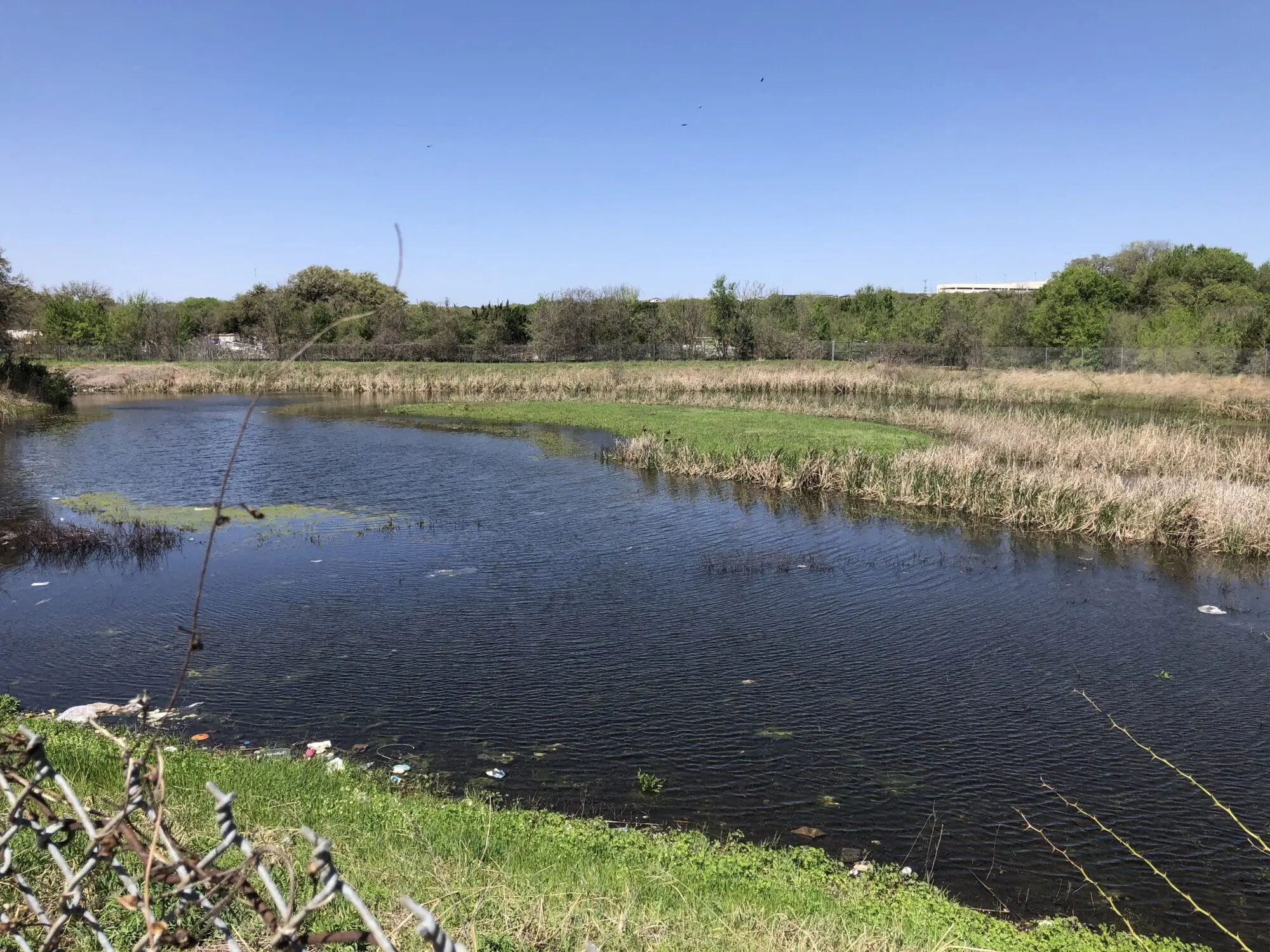
Aquifer Protection and Dynamic Engineering-Water Quality Pond Rehabilitation Project

Warner’s Pond Public Access Improvements

Creating Solutions: Organic Disposal Reduction Status Impact Reporting

Rapid Response to Unplanned System Disruption Event

Oil and Gas Facility Risk Modeling with Interactive Results
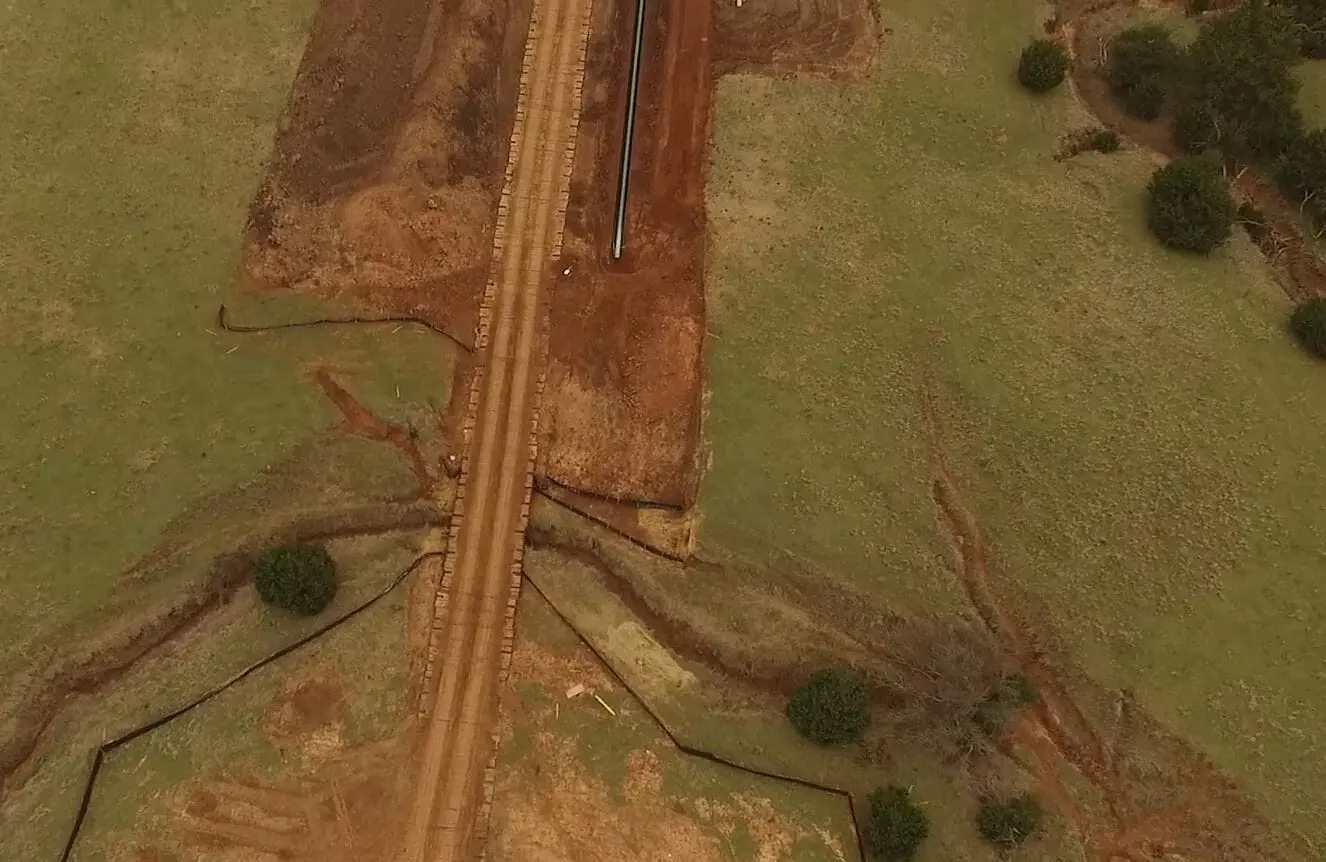
Williams Companies, Inc. Bluestem Project

Importance of Health & Safety Reviews During EHS Due Diligence Projects
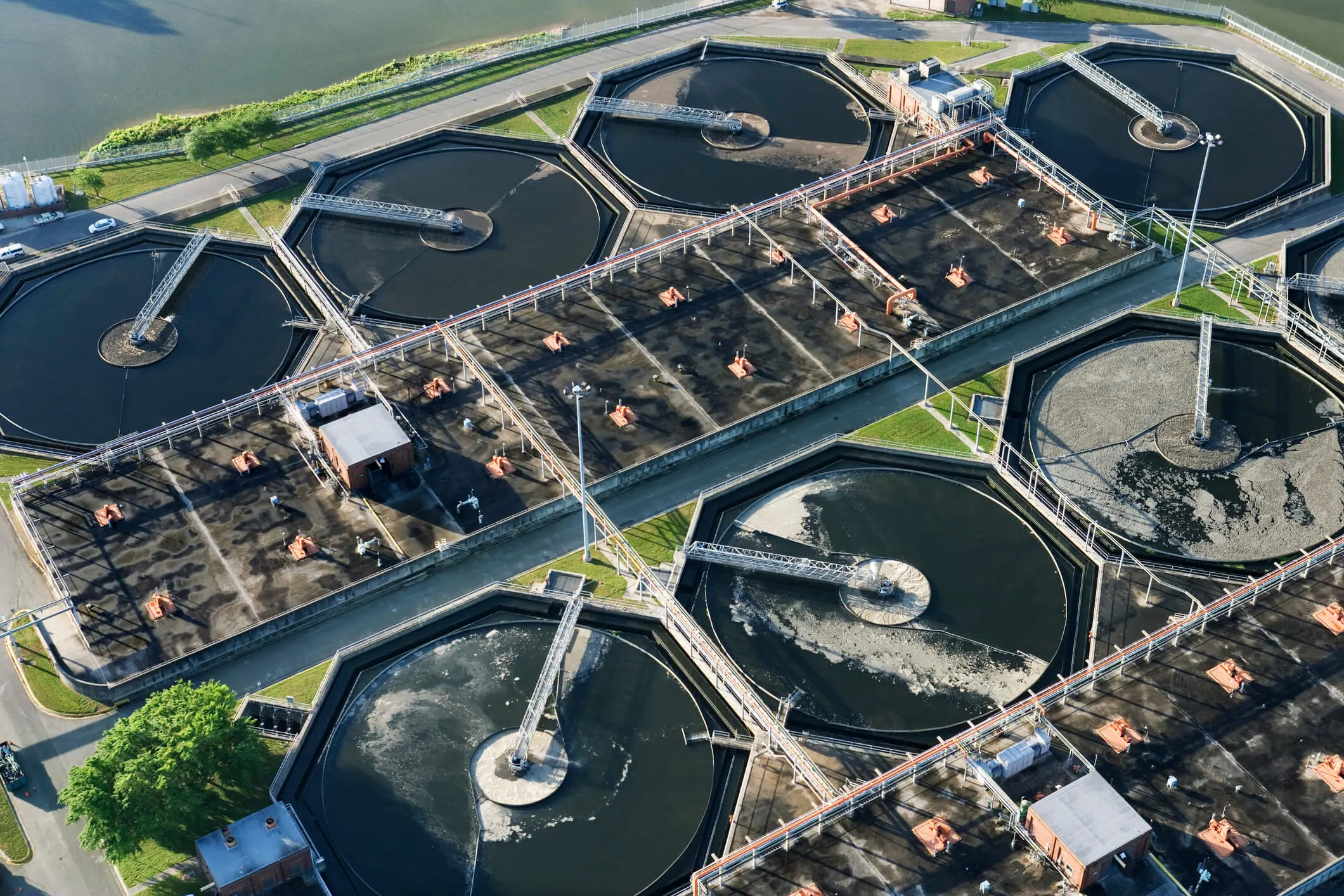
Temecula Valley Regional Water Reclamation Facility

Walnut Springs Trail Extension
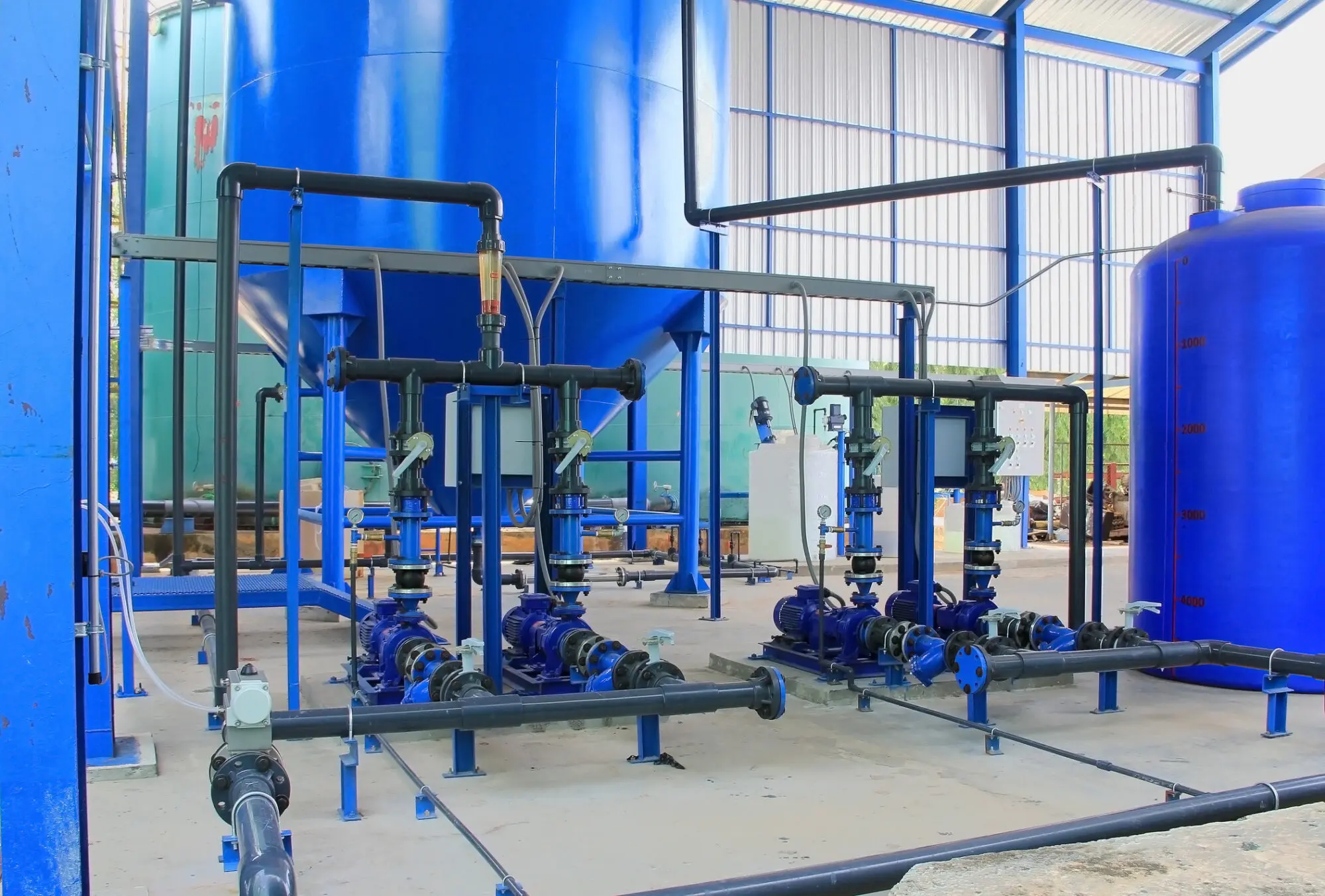
Sustainable Groundwater Treatment System Redesign

PFAS Treatment Evaluation for the Maysville Well

Aquifer Protection and Dynamic Engineering-Water Quality Pond Rehabilitation Project

Warner’s Pond Public Access Improvements

Creating Solutions: Organic Disposal Reduction Status Impact Reporting

Rapid Response to Unplanned System Disruption Event

Oil and Gas Facility Risk Modeling with Interactive Results

Williams Companies, Inc. Bluestem Project

Importance of Health & Safety Reviews During EHS Due Diligence Projects

Temecula Valley Regional Water Reclamation Facility

Walnut Springs Trail Extension

Sustainable Groundwater Treatment System Redesign

PFAS Treatment Evaluation for the Maysville Well

Aquifer Protection and Dynamic Engineering-Water Quality Pond Rehabilitation Project

Warner’s Pond Public Access Improvements
Sharing Our Perspectives
Our practitioners share their insights and perspectives on the trends and challenges shaping the market.
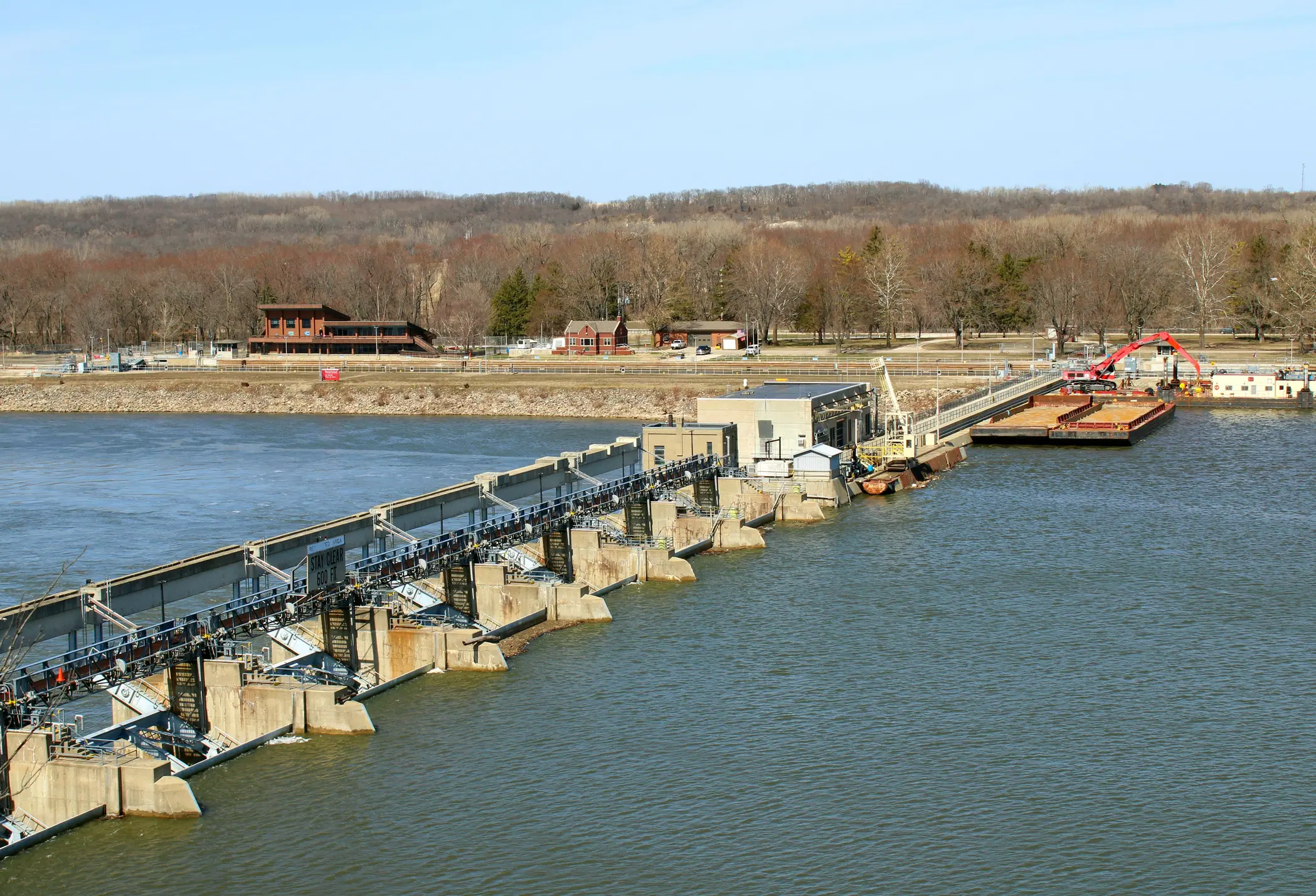
TRC Recognized for Removing Lead Contamination from Mill River in Fairfield, Connecticut
March 7, 2018
LOWELL, Mass. – TRC, a leader in engineering, environmental consulting and construction-management services, has been awarded a pair of awards from the Environmental Business Journal – one for business achievement and the other for an innovative remediation project to remove lead sediment from the Mill River in Fairfield, Conn.

Innovative Remedial Concepts to Address Microplastics
August 11, 2023
Microplastics (MP) encompass plastic particles ranging in size from 1 nanometer to 5 millimeters. MP historically appeared in lotions and creams as “microbeads,” which acted as exfoliants. MP also form through different processes including the gradual degradation of larger plastic items over time, which results in the generation of progressively smaller plastic particles. Additionally, textiles and synthetic clothing can form MP from daily wear and tear.
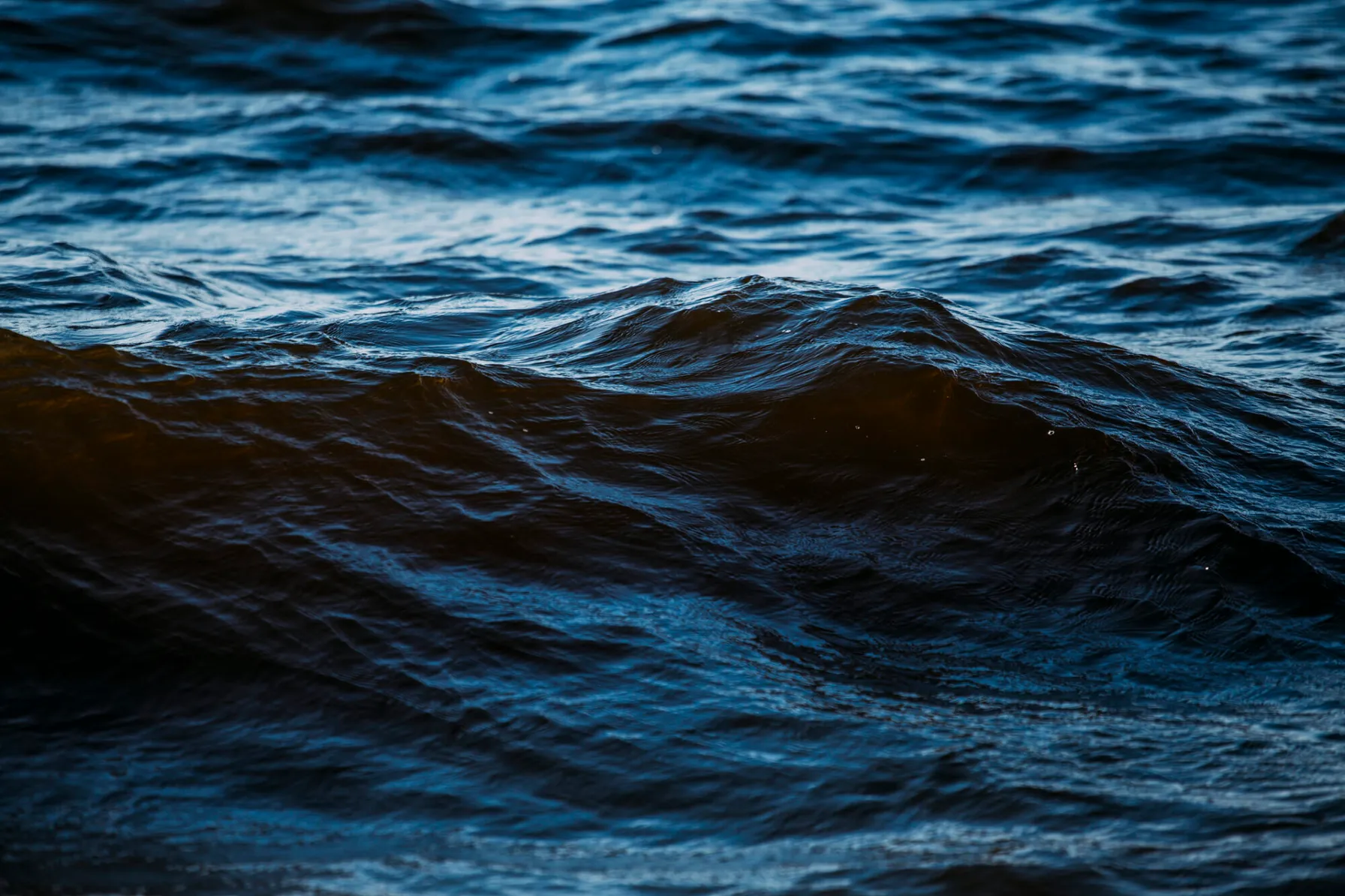
U.S. EPA and Army Corps of Engineers to Develop Revised Rule to Define “Waters of the United States”
August 8, 2023
The US EPA and Army Corps of Engineering are redefining “Waters of the United States”.
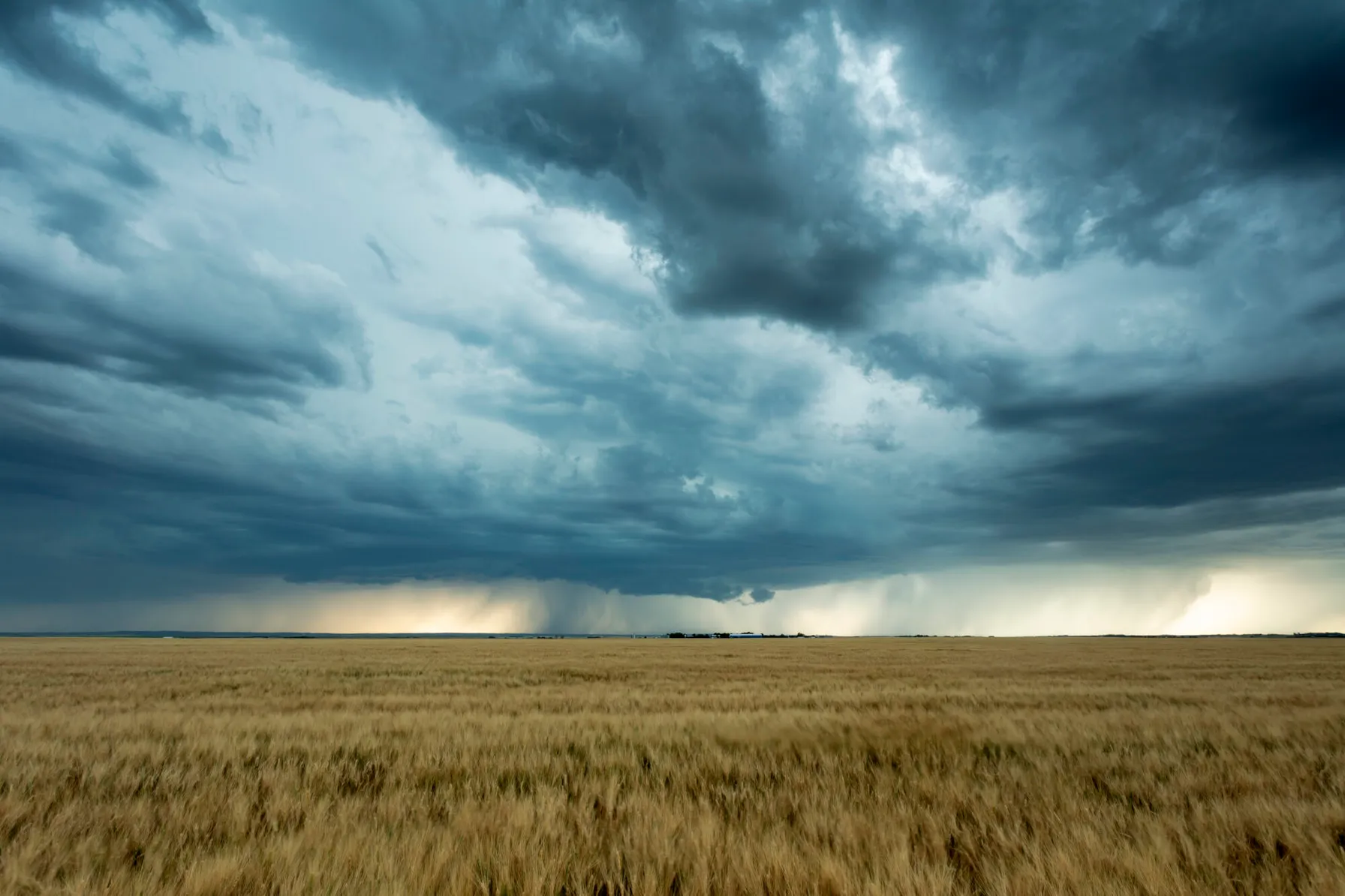
Regulators Update Design Storm Rainfall Depths in Response to Climate Science Projections and Recent Storm Data
August 3, 2023
Regulators are responding to anticipated increases in extreme rainfall events by updating design storm rainfall depth regulations.

Proposed MCLGs and MCLs for PFAS
March 15, 2023
Final Regulatory Determination for Contaminants on the Fourth Drinking Water Contaminant Candidate List
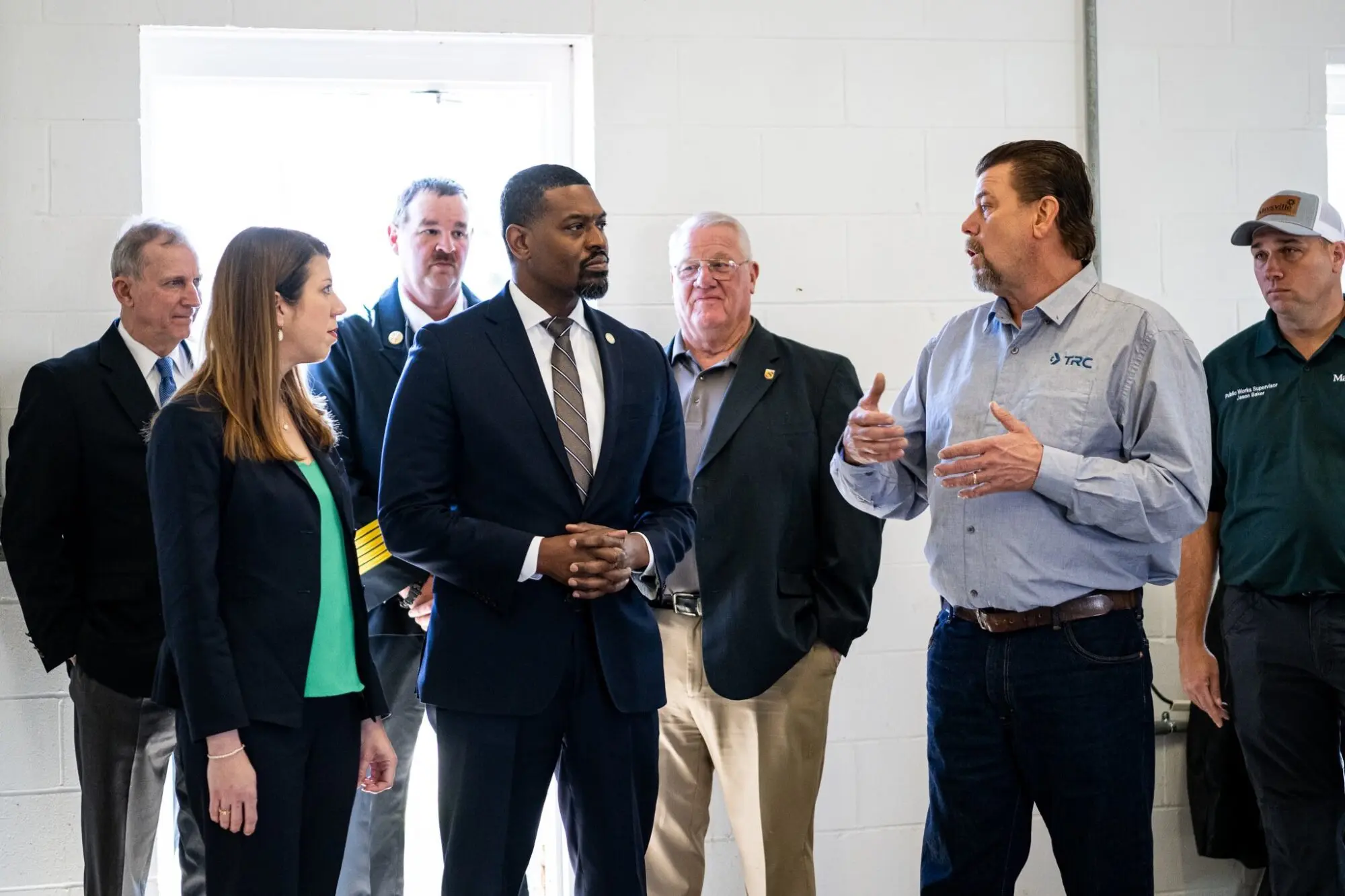
EPA Announces $2 Billion in Funding to Address Emerging Contaminants in Drinking Water
February 14, 2023
Environmental Protection Agency Administrator Michael Regan announced $2 Billion in infrastructure funding to help the nation’s rural water supplies.
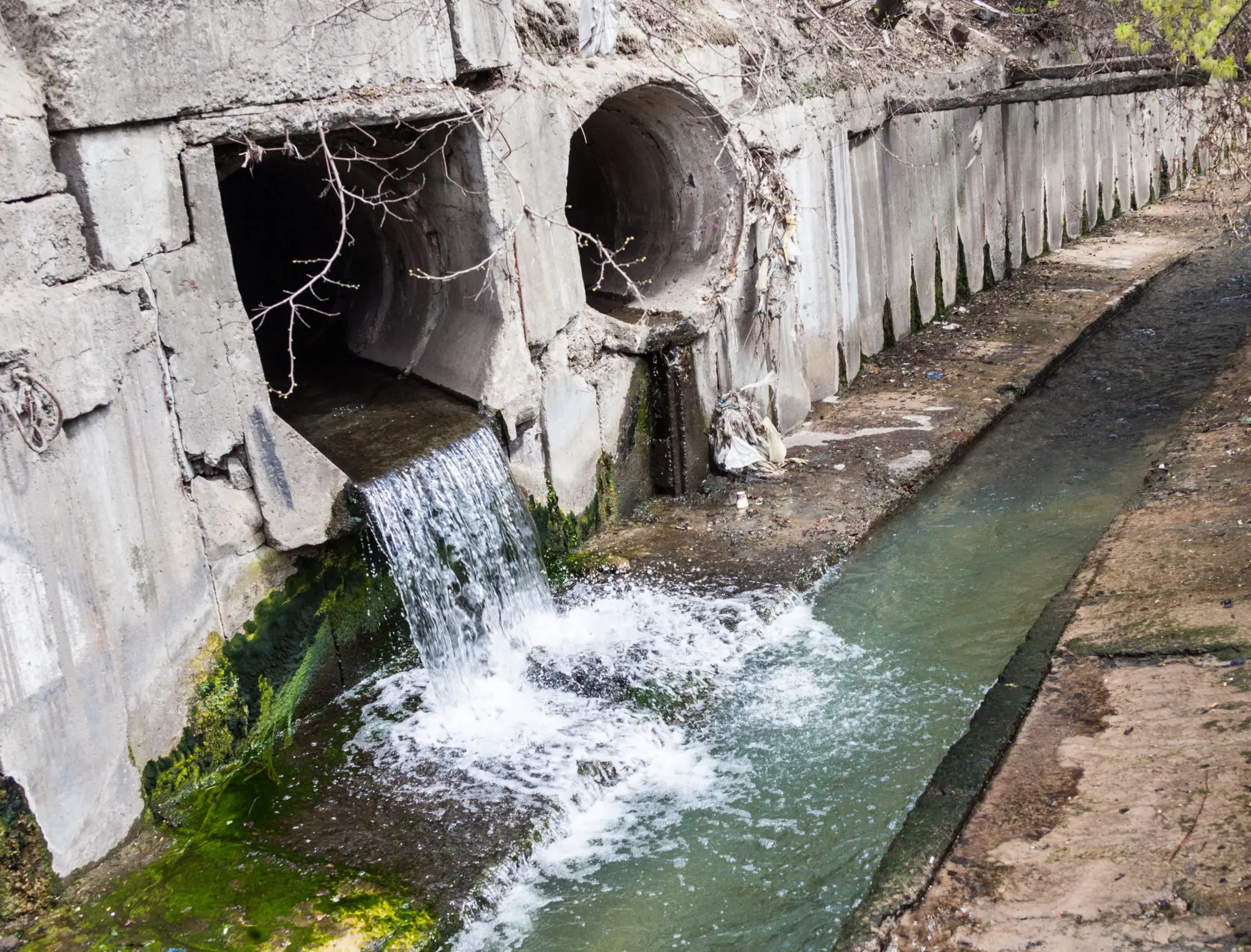
PFAS Discharges in NPDES Permits
December 19, 2022
In a follow-up to the EPA Office of Water’s April 28, 2022 memo, EPA released “Part 2″, providing guidance for the NPDES permitting/pretreatment program as it relates to restricting discharges of PFAS to water bodies.

Washington State Establishes PFAS Cleanup Levels
September 21, 2022
The Washington State Department of Ecology (Ecology) recently published a list of 6 PFAS compounds that now have soil and groundwater cleanup levels
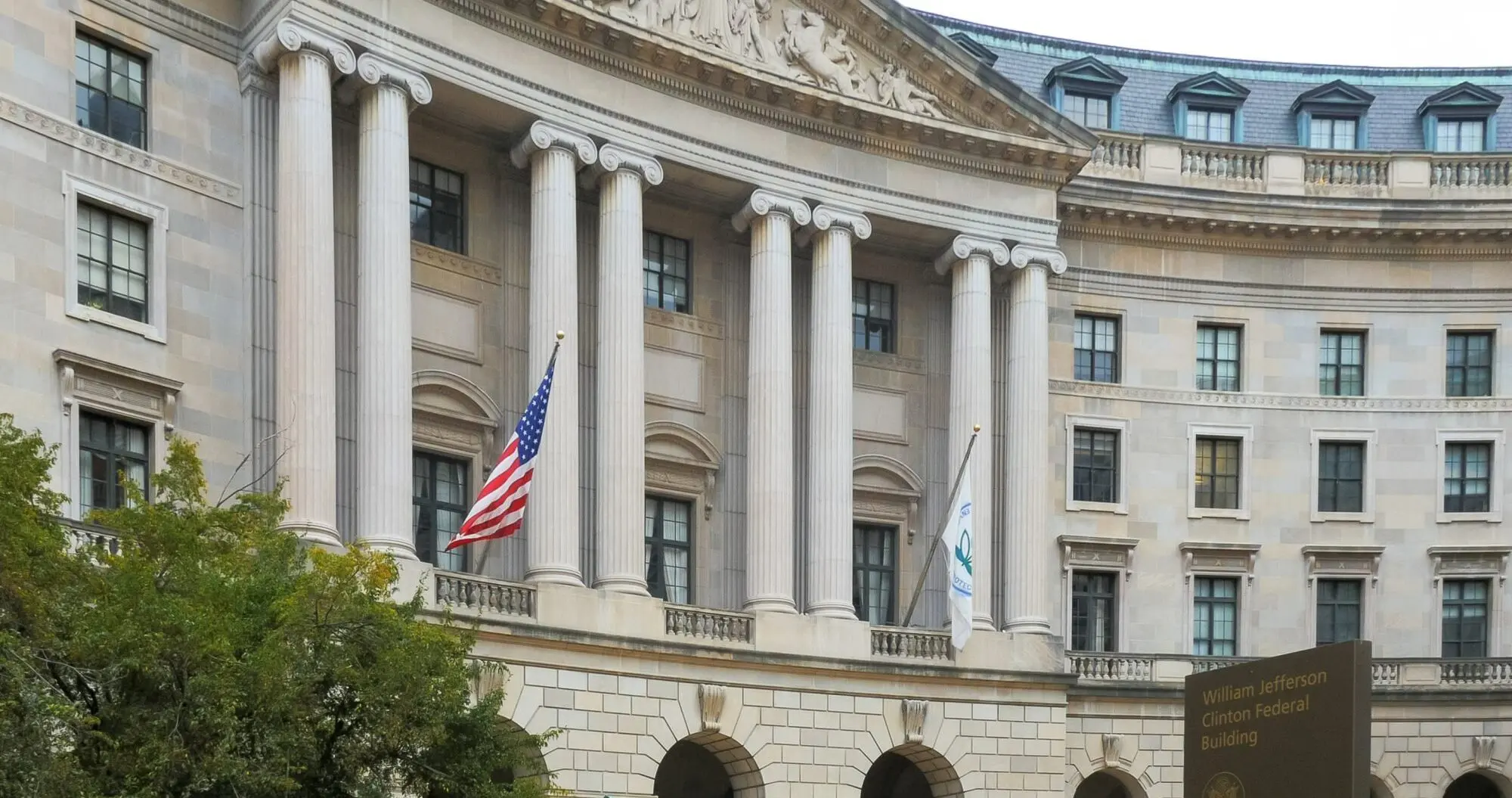
EPA Issues Proposed Rule Designating PFOA and PFOS as Hazardous Substances
September 7, 2022
The EPA has issued a pre-publication version of a proposed rule to designate two PFAS compounds as hazardous substances under CERCLA.

Five New PFAS Added to EPA Regional Screening Levels (RSLs)
June 24, 2022
EPA announced the addition of five new PFAS to the list of Regional Screening Levels (RSLs)

EPA Announces Updated Drinking Water Health Advisories for Four PFAS Chemicals: PFOS, PFOA, PFBS, & GenX
June 24, 2022
On June 15, 2022, the EPA released updated Health Advisory Levels for four per- and polyfluoroalkyl substances (PFAS) in drinking water
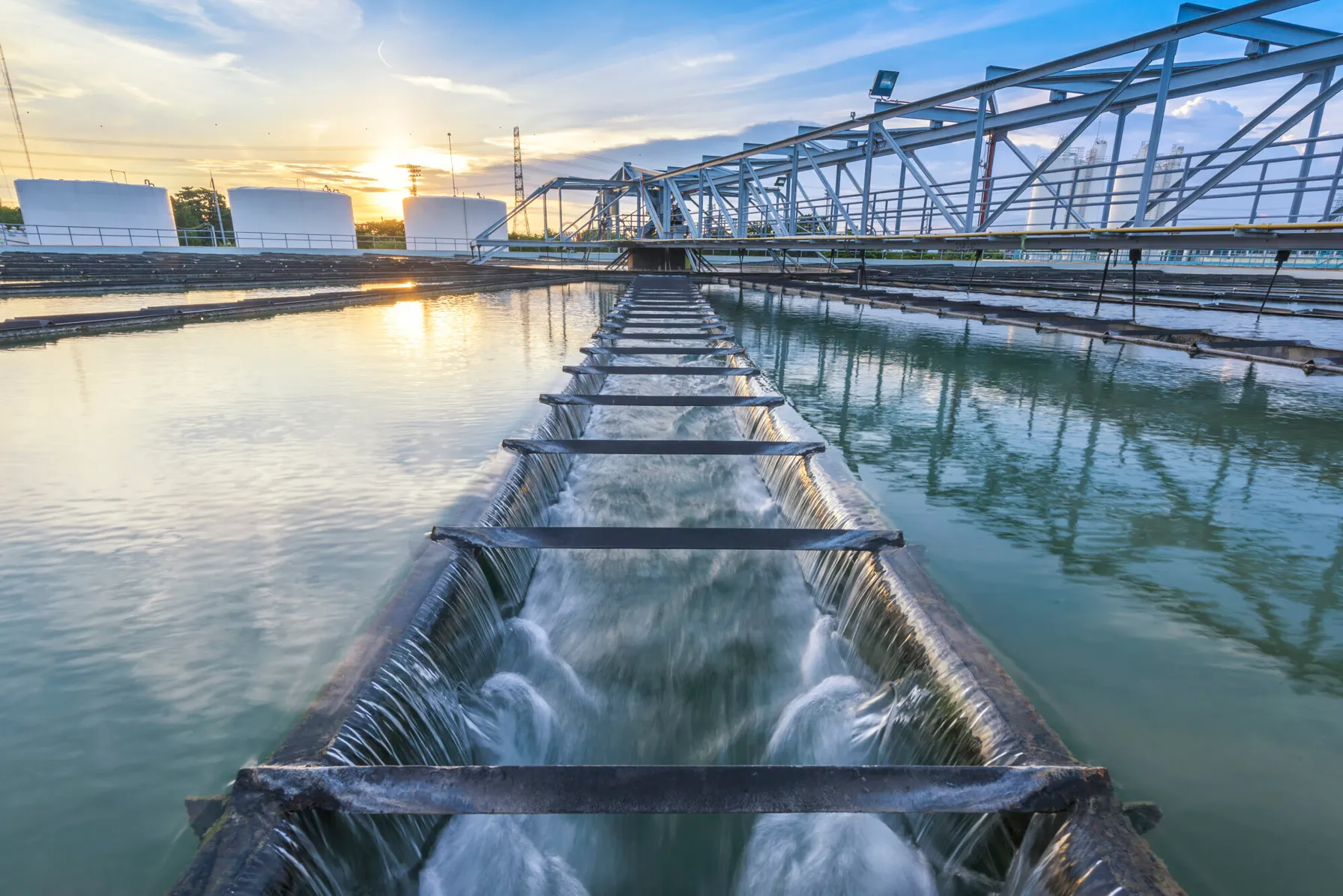
Integrating Sustainability, Digital Connectivity and Design Optimization in Wastewater Treatment Systems
June 20, 2022
Some organizations rarely think about water and wastewater treatment, until there is a problem. American industry depends on the ability to treat wastewater discharges while complying with regulatory standards and addressing emerging contaminants. If wastewater treatment fails, our environment is negatively impacted, and companies are exposed to shutdowns, delays and fines.

EPA Proposes Aquatic Life Criteria for PFOA and PFOS
May 25, 2022
On May 3, 2022, under the Clean Water Act (CWA), the United States Environmental Protection Agency (USEPA) proposed the first aquatic life criteria for both short-term and long-term toxic effects from Perfluorooctanoic Acid (PFOA) and Perfluorooctane Sulfonic Acid (PFOS).

Fifth Unregulated Contaminant Monitoring Rule Lists 29 PFAS
January 21, 2022
EPA published fifth Unregulated Contaminant Monitoring Rule as required every five years and 29 of the 30 contaminants listed are PFAS.
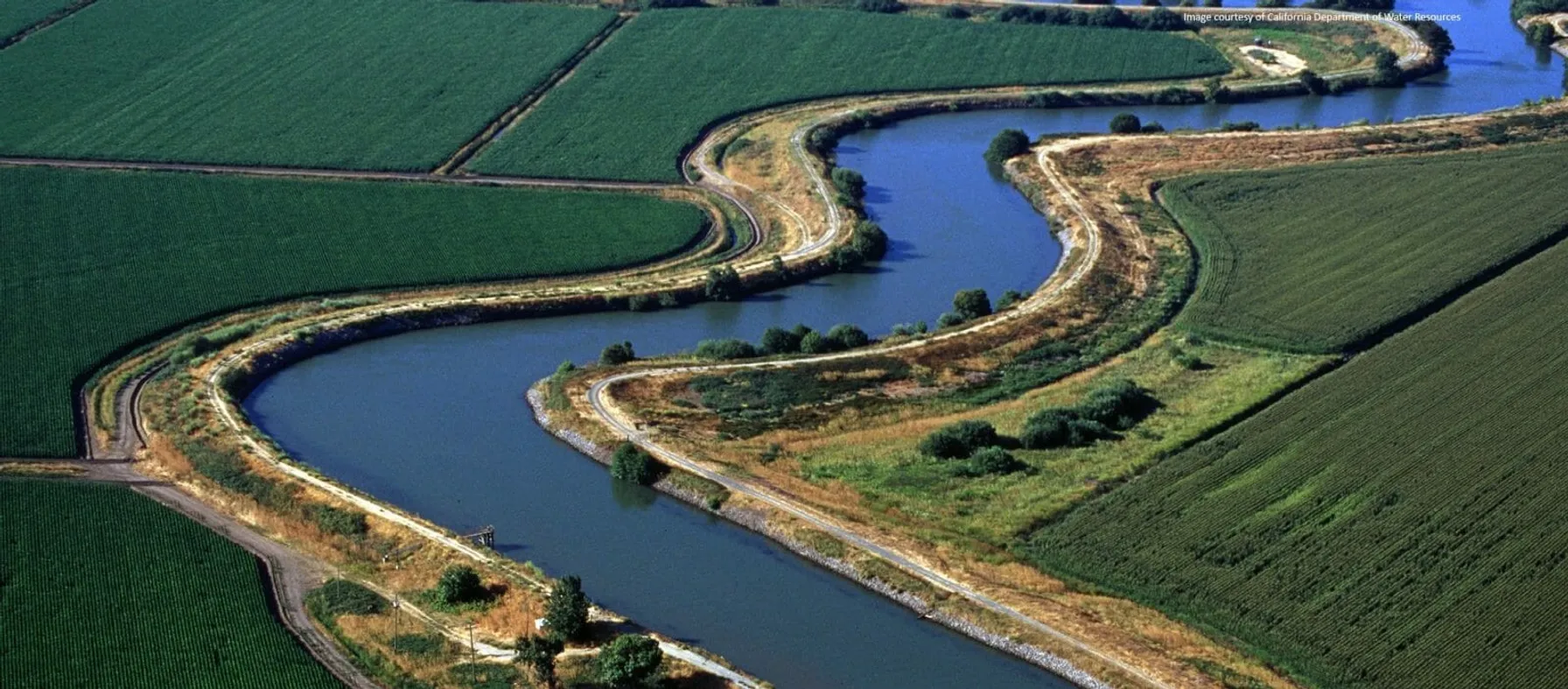
Waters of the United States (WOTUS) Revised Definition: Proposed Rule Published
December 16, 2021
Rule Proposed to Revert Back to Pre-2015 Definition of Waters of the United States (WOTUS) published December 2021

Construction Delivery Method Comparison: Design-Build vs. Design-Bid-Build
December 16, 2021
In the construction industry the successful execution of every project depends on the delivery method. Two of the most widely used project delivery methods are Design-Bid-Build and Design-Build.

Overhauling Oroville: The Amazing Push to Repair the Tallest Dam in the United States
November 8, 2021
The Oroville Dam in Northern California is the highest in the country at 770 feet – four stories taller than the more celebrated Hoover Dam – but few outside the Golden State had ever heard of it before February of 2017.
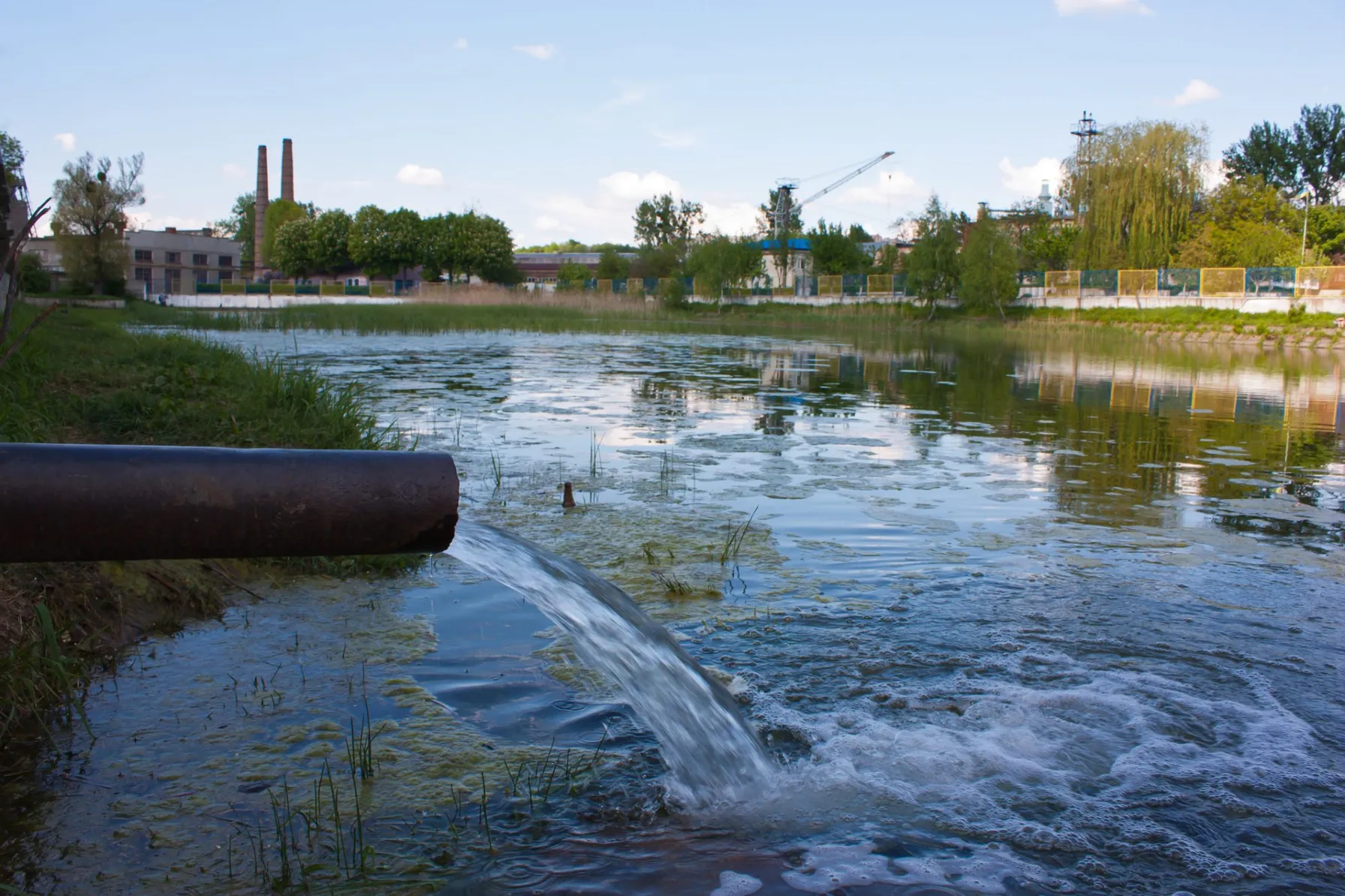
EPA Solicits Comments on PFAS Discharges in Five Point Source Categories
September 23, 2021
EPA solicits comments in five point source categories (PSCs) in the manufacture, use, treatment and discharge of PFAS.
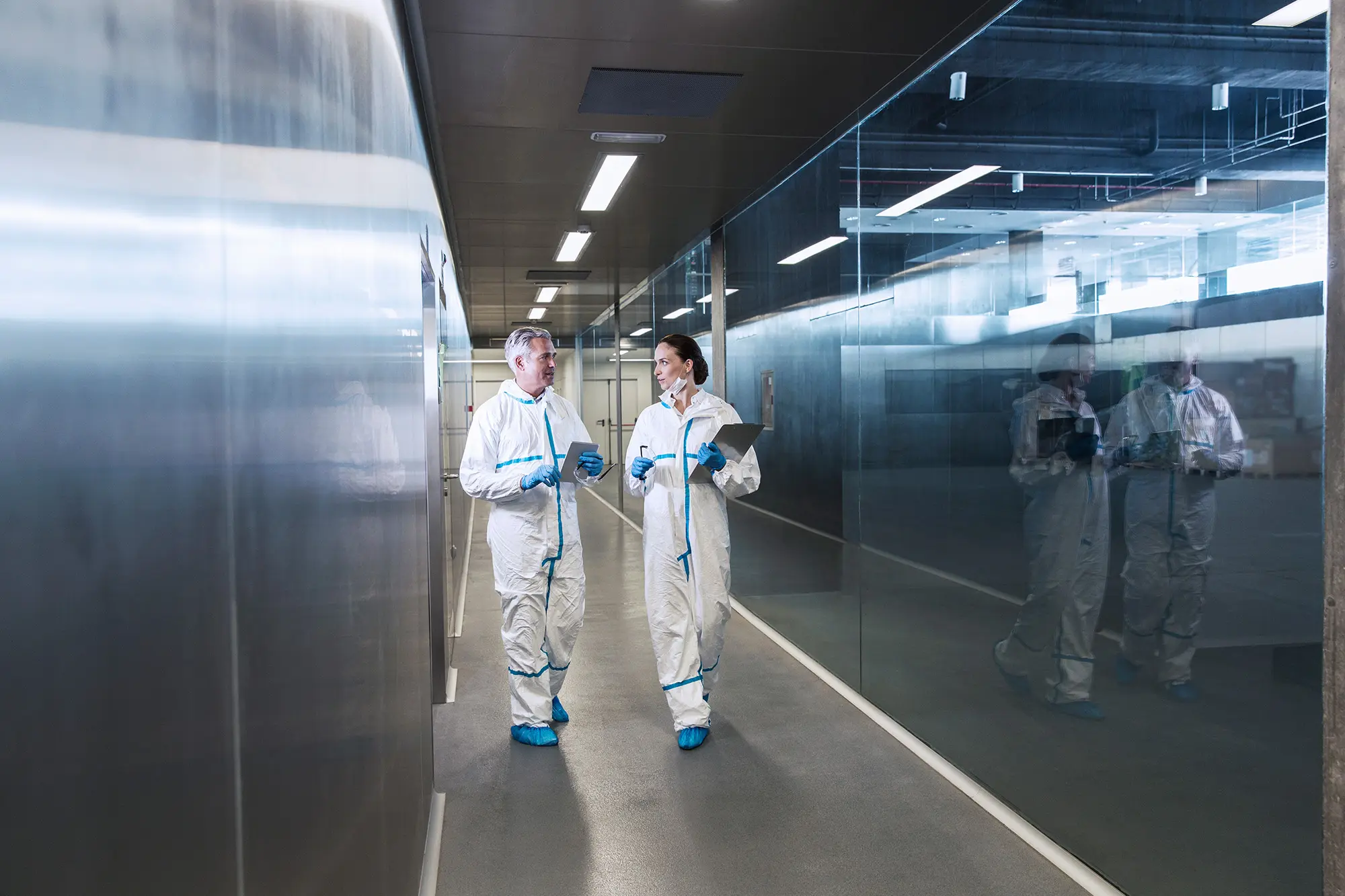
TRC Companies Inc. Acquires 1Source Safety and Health
November 11, 2020
TRC Companies (“TRC”), a leading technology-driven provider of end-to-end engineering, consulting and construction management solutions, has acquired 1Source Safety and Health, a firm that provides management consulting services in areas such as indoor air quality, asbestos management, industrial hygiene and safety management systems.
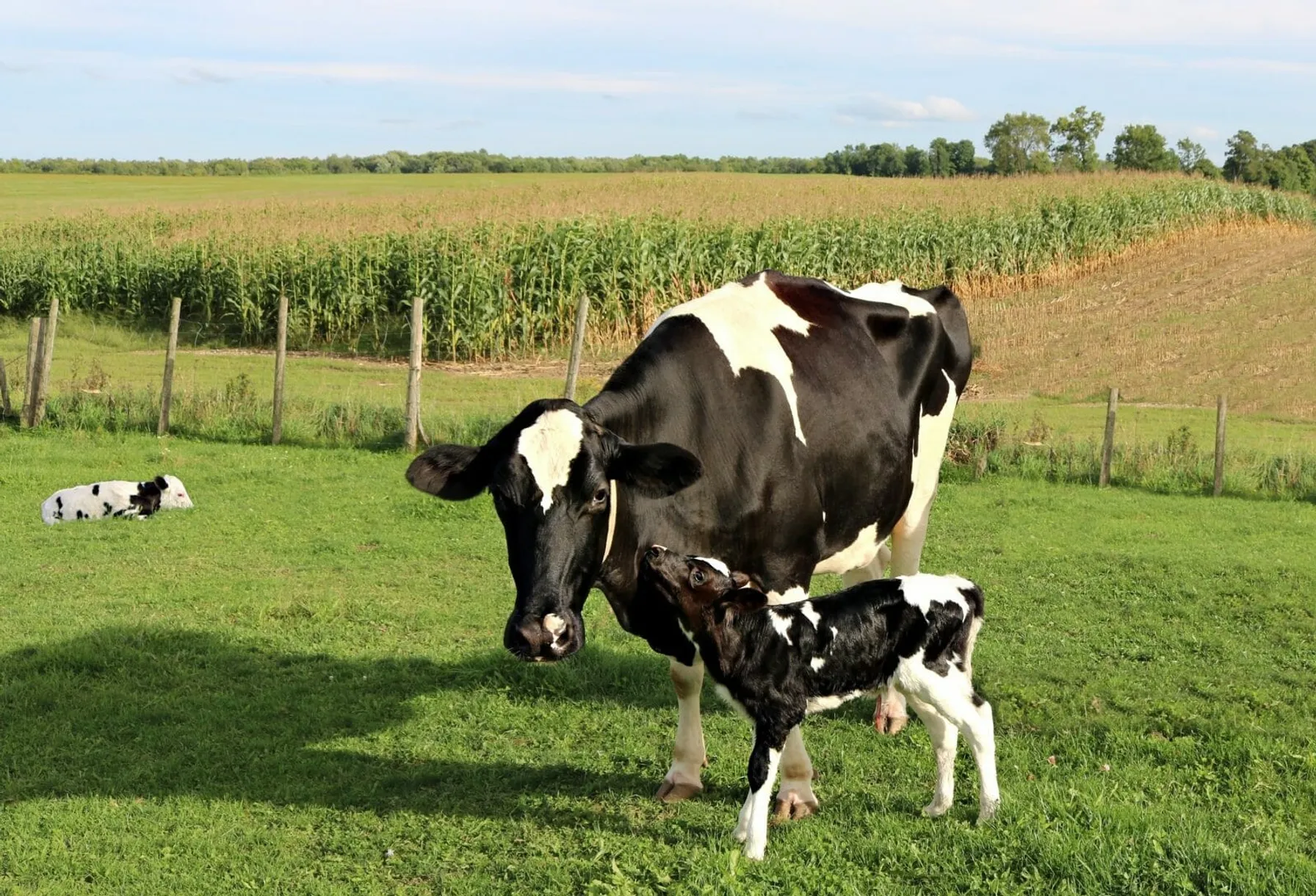
TRC Awarded a Yahara WINS Grant
August 28, 2020
TRC was recently awarded a Yahara WINS grant to develop a pilot scale simple aeration method for removing phosphorous from the discharge of manure digesters. The grant application was developed and submitted by: Bob Stanforth, Alyssa Sellwood, Mike Ursin, Ted O’Connell, Ken Quinn, and John Rice, who are members of multiple TRC CORE teams.
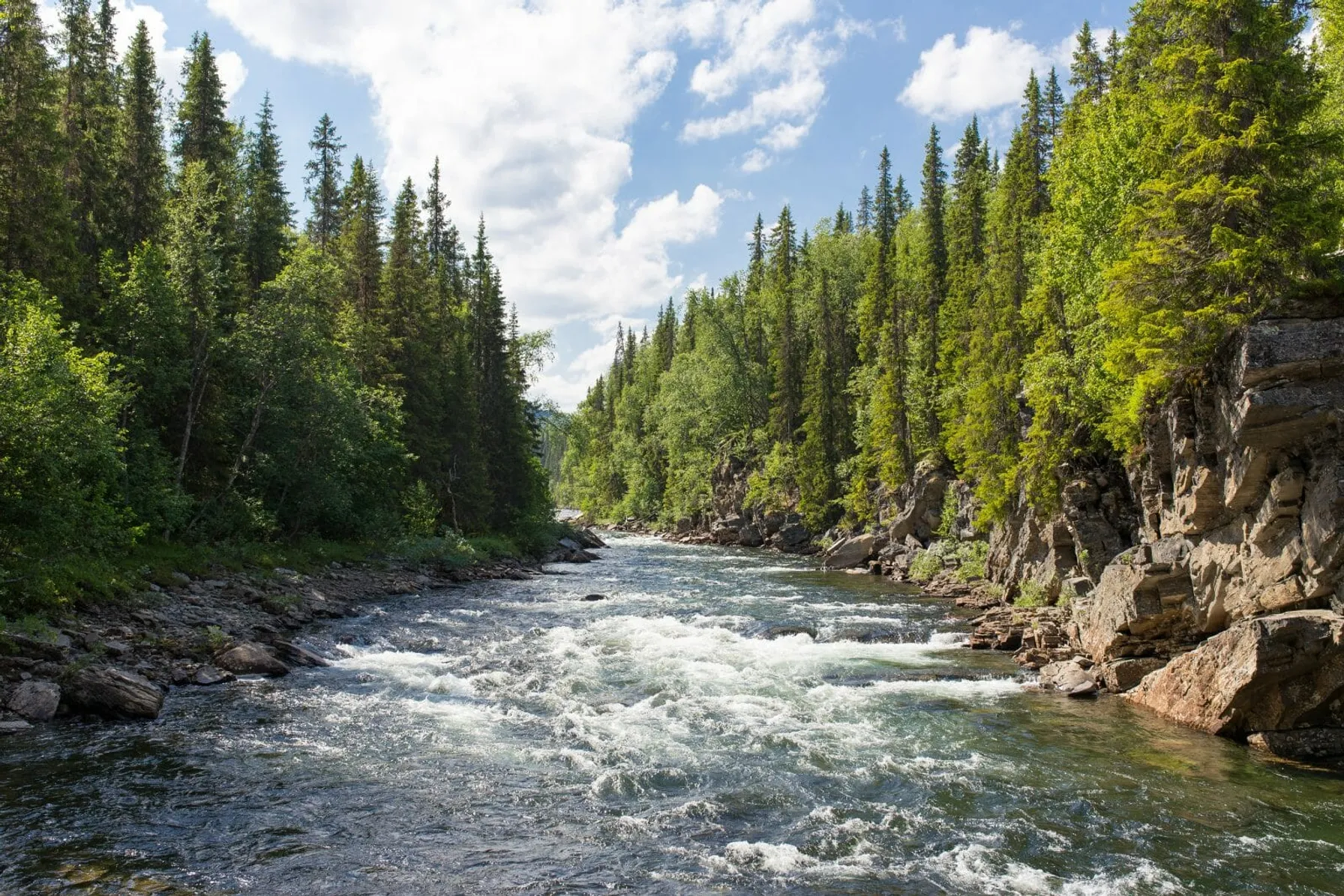
Potential Impacts from EPA’s Proposed Waters of the United States Rule
July 24, 2019
The EPA is redefining which bodies of water are eligible for protection under the federal Clean Water Act – and which ones aren’t.

TRC Acquires California Construction Management Firm Vali Cooper & Associates
June 26, 2018
LOWELL, Mass. – TRC, a leading provider of end-to-end engineering, consulting and construction management solutions fueled by innovative technology, announced today it has acquired Vali Cooper & Associates Inc., a top California infrastructure firm that manages transportation, water/wastewater, utility and facilities projects.

TRC Recognized for Removing Lead Contamination from Mill River in Fairfield, Connecticut
March 7, 2018
LOWELL, Mass. – TRC, a leader in engineering, environmental consulting and construction-management services, has been awarded a pair of awards from the Environmental Business Journal – one for business achievement and the other for an innovative remediation project to remove lead sediment from the Mill River in Fairfield, Conn.

Innovative Remedial Concepts to Address Microplastics
August 11, 2023
Microplastics (MP) encompass plastic particles ranging in size from 1 nanometer to 5 millimeters. MP historically appeared in lotions and creams as “microbeads,” which acted as exfoliants. MP also form through different processes including the gradual degradation of larger plastic items over time, which results in the generation of progressively smaller plastic particles. Additionally, textiles and synthetic clothing can form MP from daily wear and tear.

U.S. EPA and Army Corps of Engineers to Develop Revised Rule to Define “Waters of the United States”
August 8, 2023
The US EPA and Army Corps of Engineering are redefining “Waters of the United States”.

Regulators Update Design Storm Rainfall Depths in Response to Climate Science Projections and Recent Storm Data
August 3, 2023
Regulators are responding to anticipated increases in extreme rainfall events by updating design storm rainfall depth regulations.

Proposed MCLGs and MCLs for PFAS
March 15, 2023
Final Regulatory Determination for Contaminants on the Fourth Drinking Water Contaminant Candidate List

EPA Announces $2 Billion in Funding to Address Emerging Contaminants in Drinking Water
February 14, 2023
Environmental Protection Agency Administrator Michael Regan announced $2 Billion in infrastructure funding to help the nation’s rural water supplies.

PFAS Discharges in NPDES Permits
December 19, 2022
In a follow-up to the EPA Office of Water’s April 28, 2022 memo, EPA released “Part 2″, providing guidance for the NPDES permitting/pretreatment program as it relates to restricting discharges of PFAS to water bodies.

Washington State Establishes PFAS Cleanup Levels
September 21, 2022
The Washington State Department of Ecology (Ecology) recently published a list of 6 PFAS compounds that now have soil and groundwater cleanup levels

EPA Issues Proposed Rule Designating PFOA and PFOS as Hazardous Substances
September 7, 2022
The EPA has issued a pre-publication version of a proposed rule to designate two PFAS compounds as hazardous substances under CERCLA.

Five New PFAS Added to EPA Regional Screening Levels (RSLs)
June 24, 2022
EPA announced the addition of five new PFAS to the list of Regional Screening Levels (RSLs)

EPA Announces Updated Drinking Water Health Advisories for Four PFAS Chemicals: PFOS, PFOA, PFBS, & GenX
June 24, 2022
On June 15, 2022, the EPA released updated Health Advisory Levels for four per- and polyfluoroalkyl substances (PFAS) in drinking water

Integrating Sustainability, Digital Connectivity and Design Optimization in Wastewater Treatment Systems
June 20, 2022
Some organizations rarely think about water and wastewater treatment, until there is a problem. American industry depends on the ability to treat wastewater discharges while complying with regulatory standards and addressing emerging contaminants. If wastewater treatment fails, our environment is negatively impacted, and companies are exposed to shutdowns, delays and fines.

EPA Proposes Aquatic Life Criteria for PFOA and PFOS
May 25, 2022
On May 3, 2022, under the Clean Water Act (CWA), the United States Environmental Protection Agency (USEPA) proposed the first aquatic life criteria for both short-term and long-term toxic effects from Perfluorooctanoic Acid (PFOA) and Perfluorooctane Sulfonic Acid (PFOS).

Fifth Unregulated Contaminant Monitoring Rule Lists 29 PFAS
January 21, 2022
EPA published fifth Unregulated Contaminant Monitoring Rule as required every five years and 29 of the 30 contaminants listed are PFAS.

Waters of the United States (WOTUS) Revised Definition: Proposed Rule Published
December 16, 2021
Rule Proposed to Revert Back to Pre-2015 Definition of Waters of the United States (WOTUS) published December 2021

Construction Delivery Method Comparison: Design-Build vs. Design-Bid-Build
December 16, 2021
In the construction industry the successful execution of every project depends on the delivery method. Two of the most widely used project delivery methods are Design-Bid-Build and Design-Build.

Overhauling Oroville: The Amazing Push to Repair the Tallest Dam in the United States
November 8, 2021
The Oroville Dam in Northern California is the highest in the country at 770 feet – four stories taller than the more celebrated Hoover Dam – but few outside the Golden State had ever heard of it before February of 2017.

EPA Solicits Comments on PFAS Discharges in Five Point Source Categories
September 23, 2021
EPA solicits comments in five point source categories (PSCs) in the manufacture, use, treatment and discharge of PFAS.

TRC Companies Inc. Acquires 1Source Safety and Health
November 11, 2020
TRC Companies (“TRC”), a leading technology-driven provider of end-to-end engineering, consulting and construction management solutions, has acquired 1Source Safety and Health, a firm that provides management consulting services in areas such as indoor air quality, asbestos management, industrial hygiene and safety management systems.

TRC Awarded a Yahara WINS Grant
August 28, 2020
TRC was recently awarded a Yahara WINS grant to develop a pilot scale simple aeration method for removing phosphorous from the discharge of manure digesters. The grant application was developed and submitted by: Bob Stanforth, Alyssa Sellwood, Mike Ursin, Ted O’Connell, Ken Quinn, and John Rice, who are members of multiple TRC CORE teams.

Potential Impacts from EPA’s Proposed Waters of the United States Rule
July 24, 2019
The EPA is redefining which bodies of water are eligible for protection under the federal Clean Water Act – and which ones aren’t.

TRC Acquires California Construction Management Firm Vali Cooper & Associates
June 26, 2018
LOWELL, Mass. – TRC, a leading provider of end-to-end engineering, consulting and construction management solutions fueled by innovative technology, announced today it has acquired Vali Cooper & Associates Inc., a top California infrastructure firm that manages transportation, water/wastewater, utility and facilities projects.

TRC Recognized for Removing Lead Contamination from Mill River in Fairfield, Connecticut
March 7, 2018
LOWELL, Mass. – TRC, a leader in engineering, environmental consulting and construction-management services, has been awarded a pair of awards from the Environmental Business Journal – one for business achievement and the other for an innovative remediation project to remove lead sediment from the Mill River in Fairfield, Conn.

